HYBRID ASSEMBLAGES
HYBRID ASSEMBLAGES
CORNELL UNIVERSITY, DEPARTMENT OF ARCHITECTURE
ARCH 1102
CORE DESIGN STUDIO II
SPRING 2024
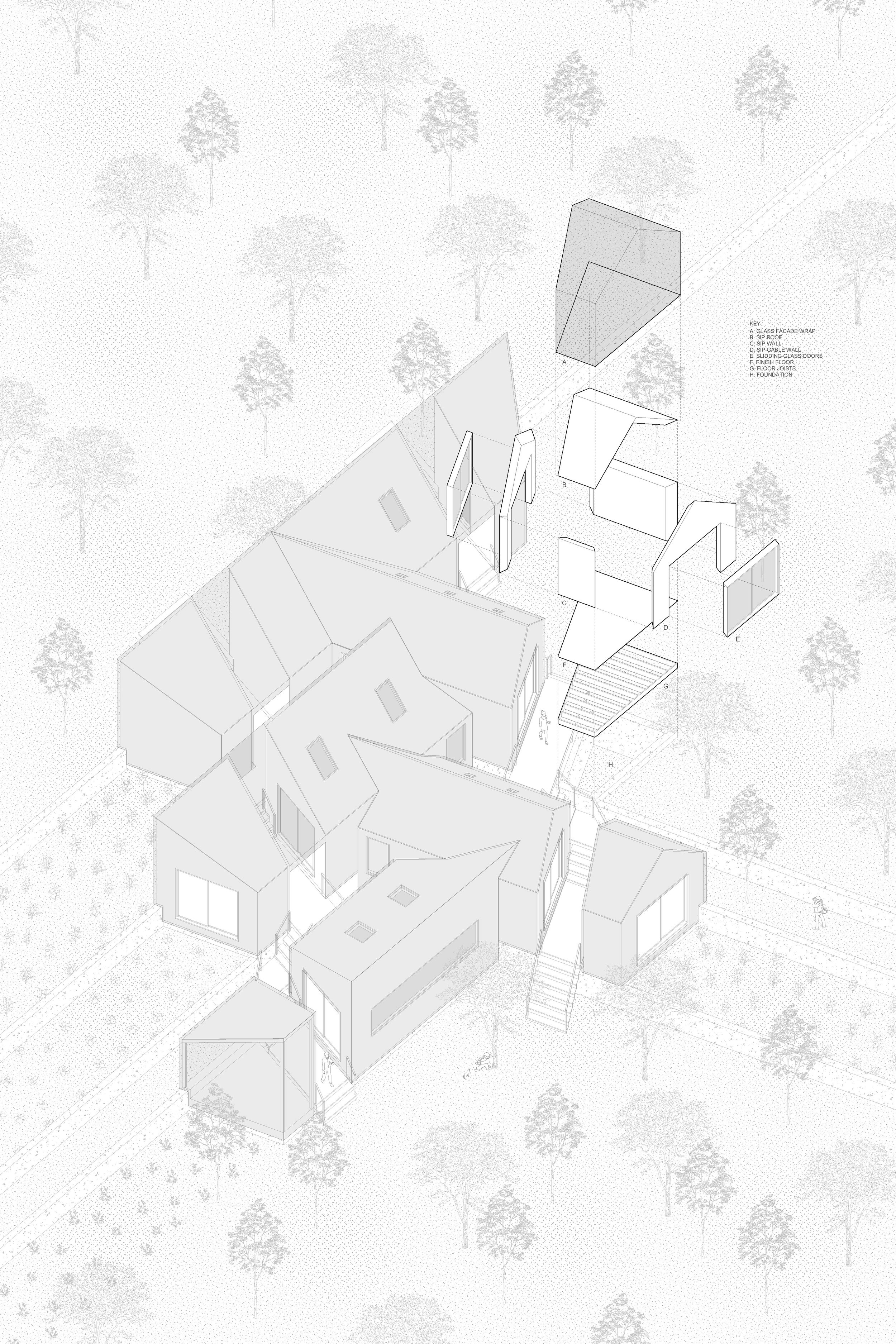
AXON, MING-HUEI FISHER
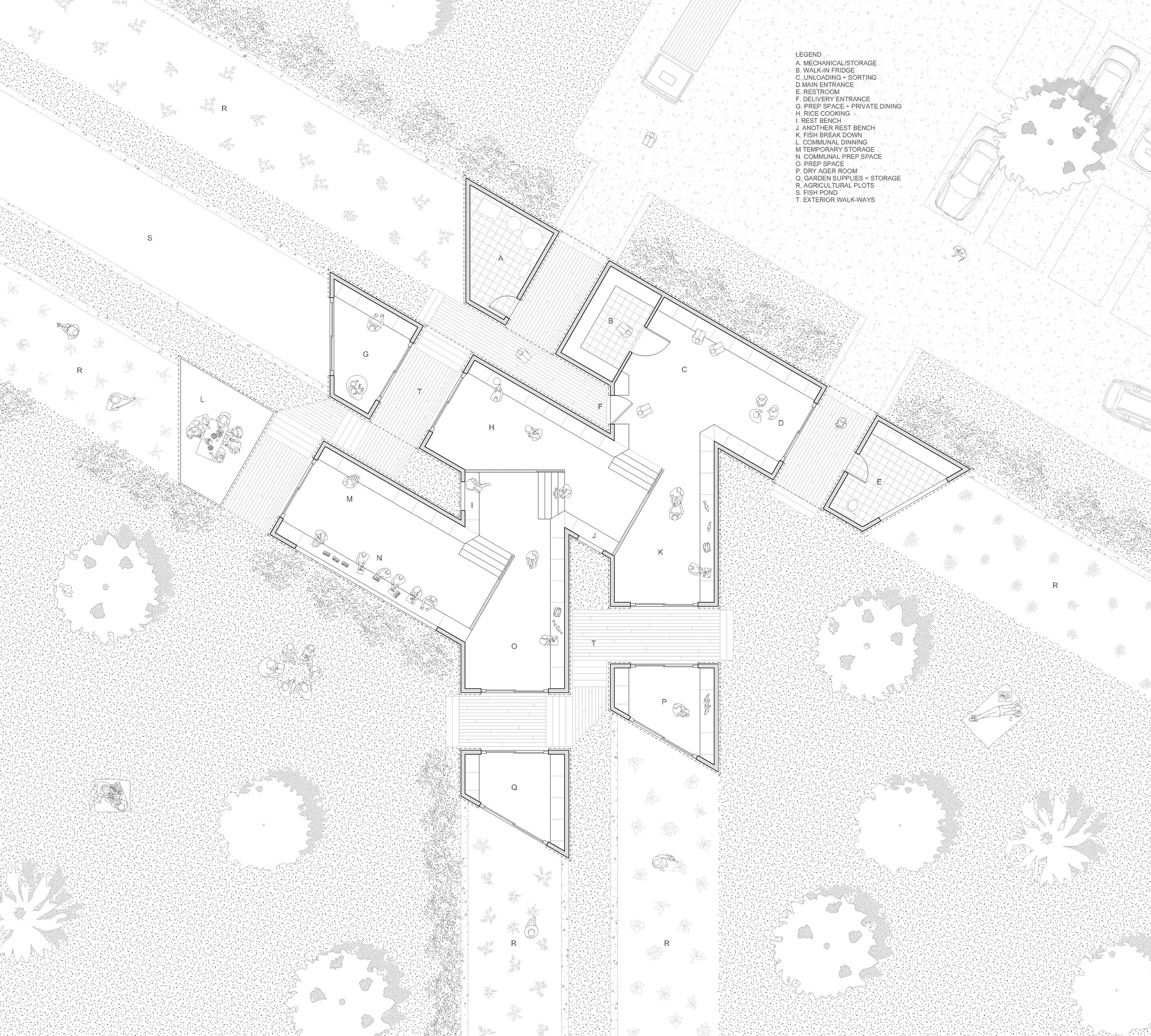
GROUND FLOOR PLAN, MING-HUEI FISHER
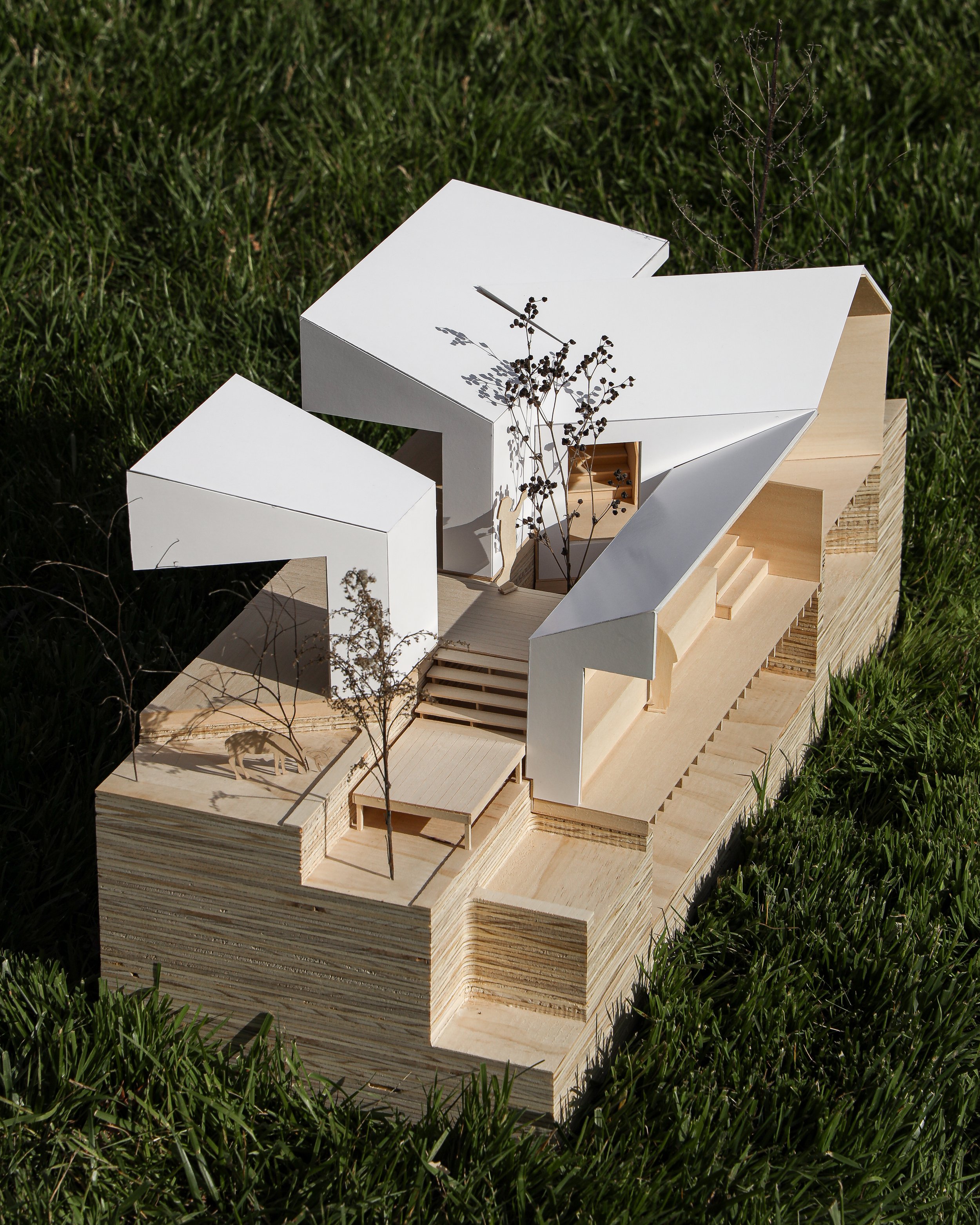
SECTIONAL MODEL, MING-HUEI FISHER
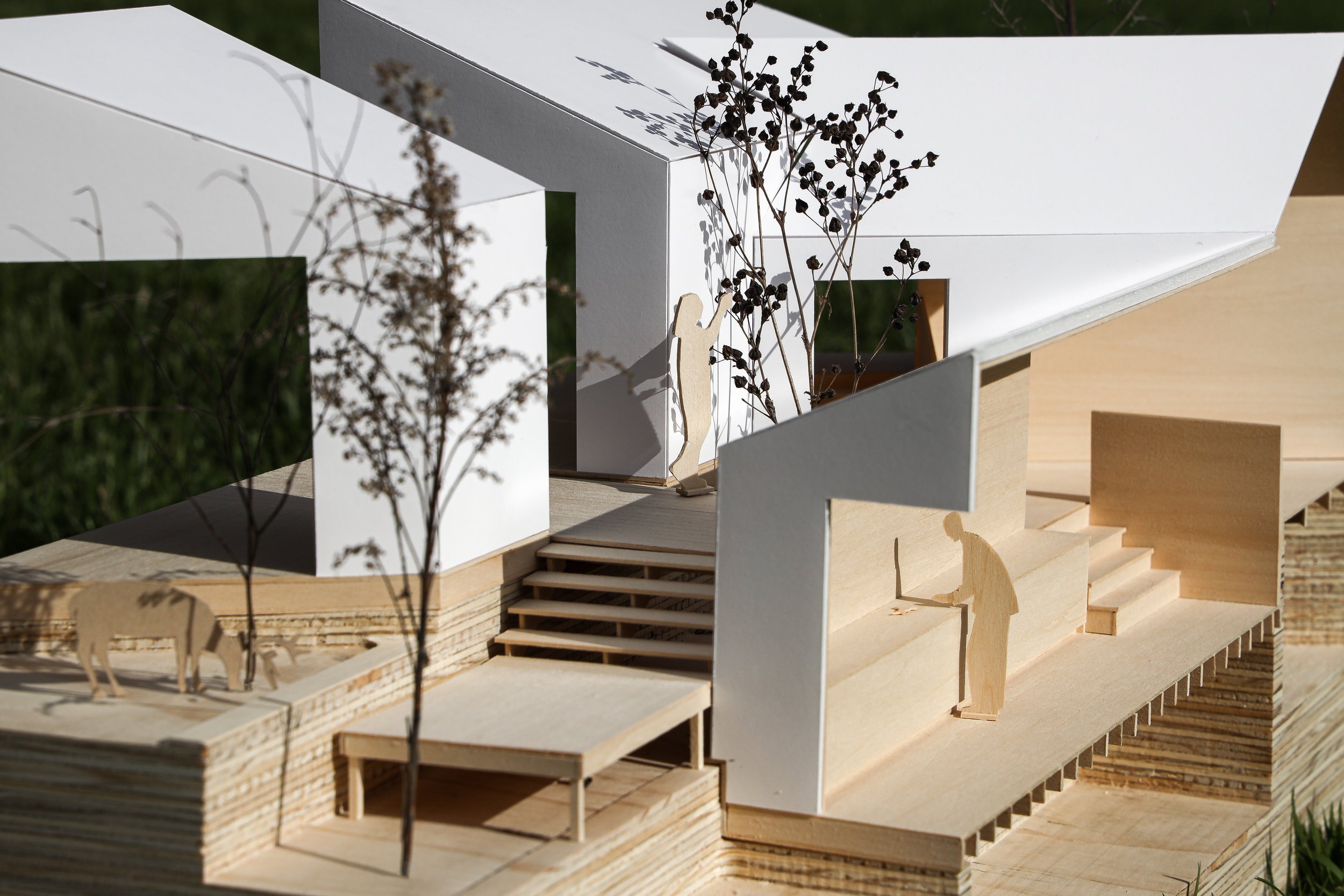
SECTIONAL MODEL, MING-HUEI FISHER
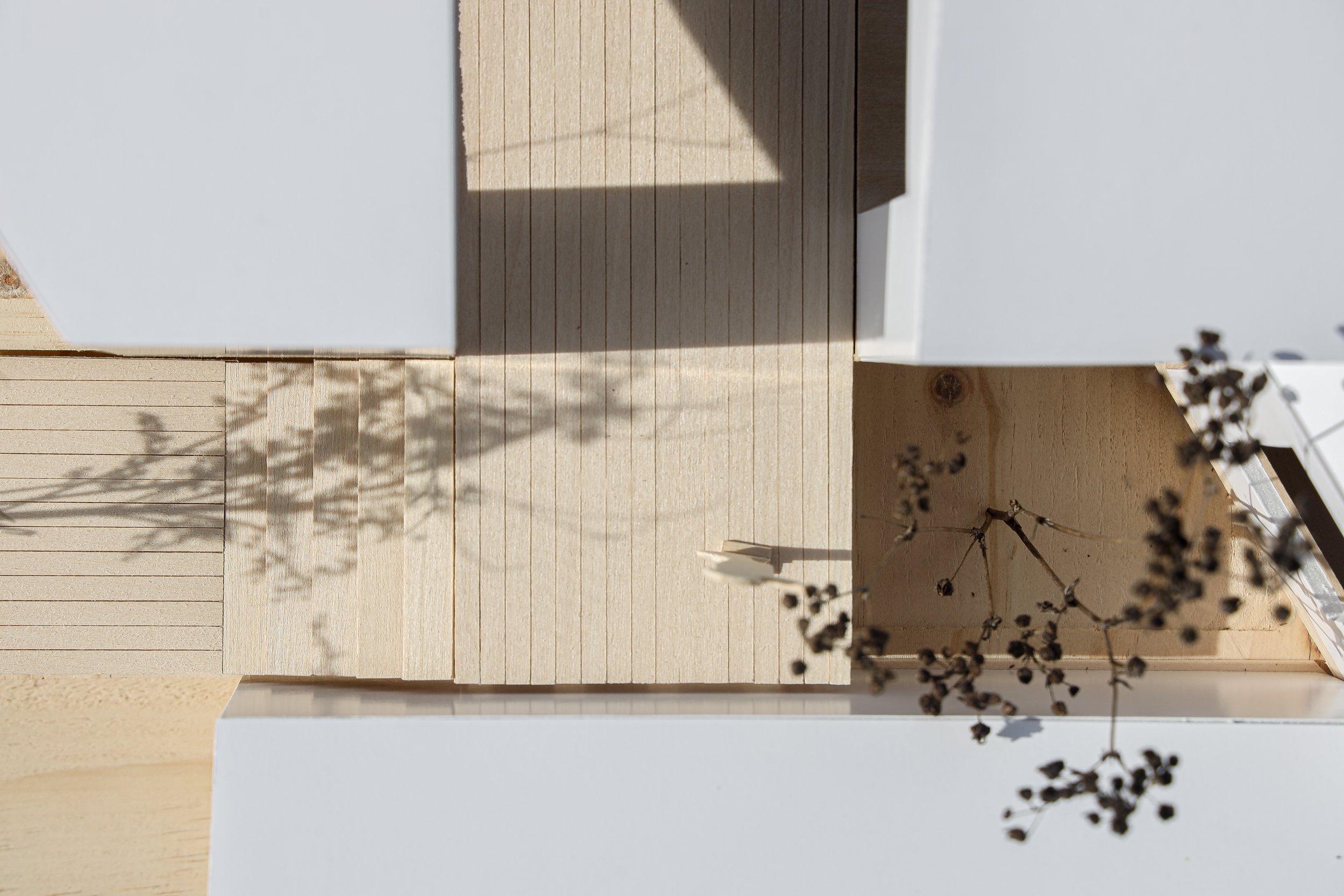
SECTIONAL MODEL, MING-HUEI FISHER
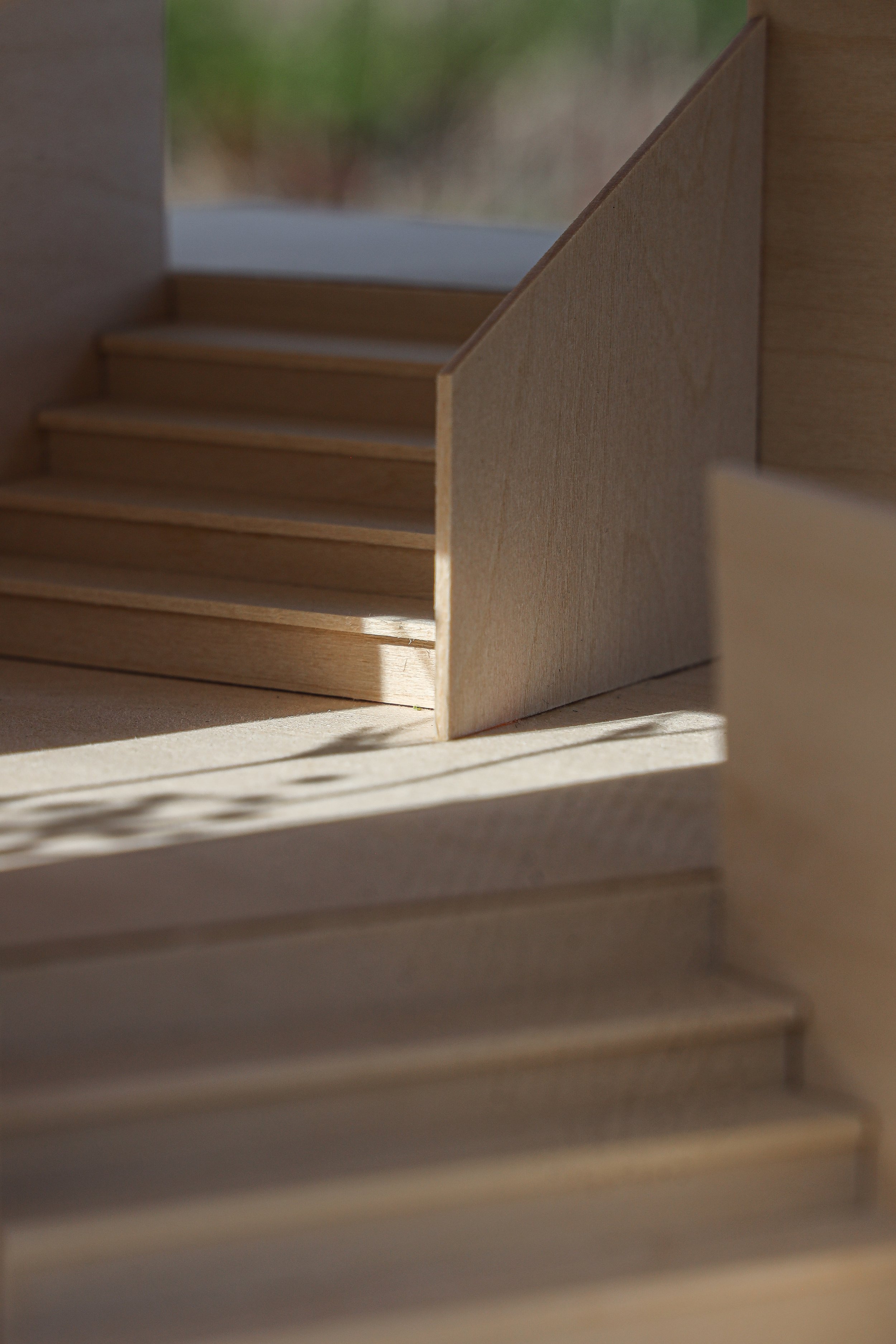
SECTIONAL MODEL, MING-HUEI FISHER
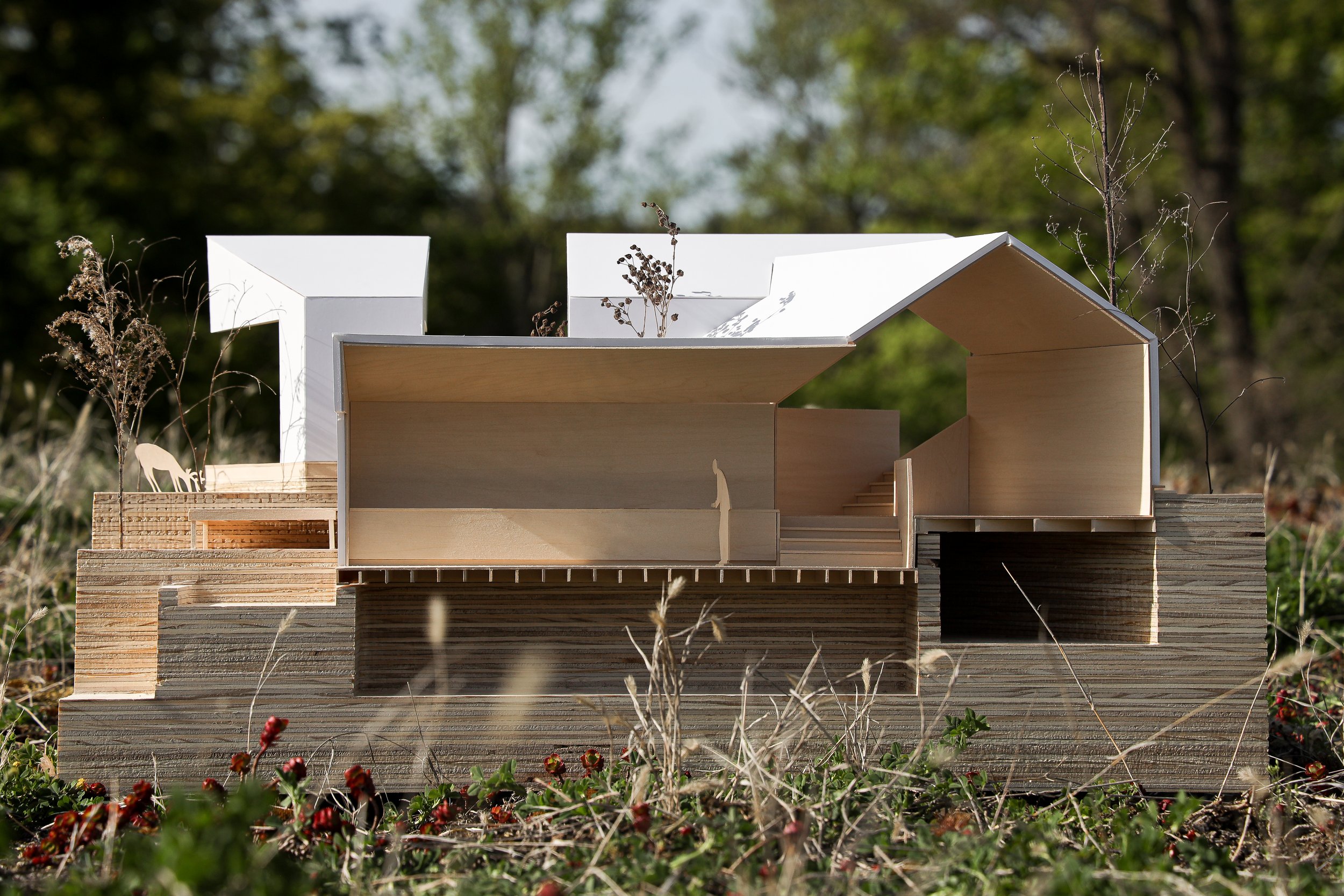
SECTIONAL MODEL, MING-HUEI FISHER
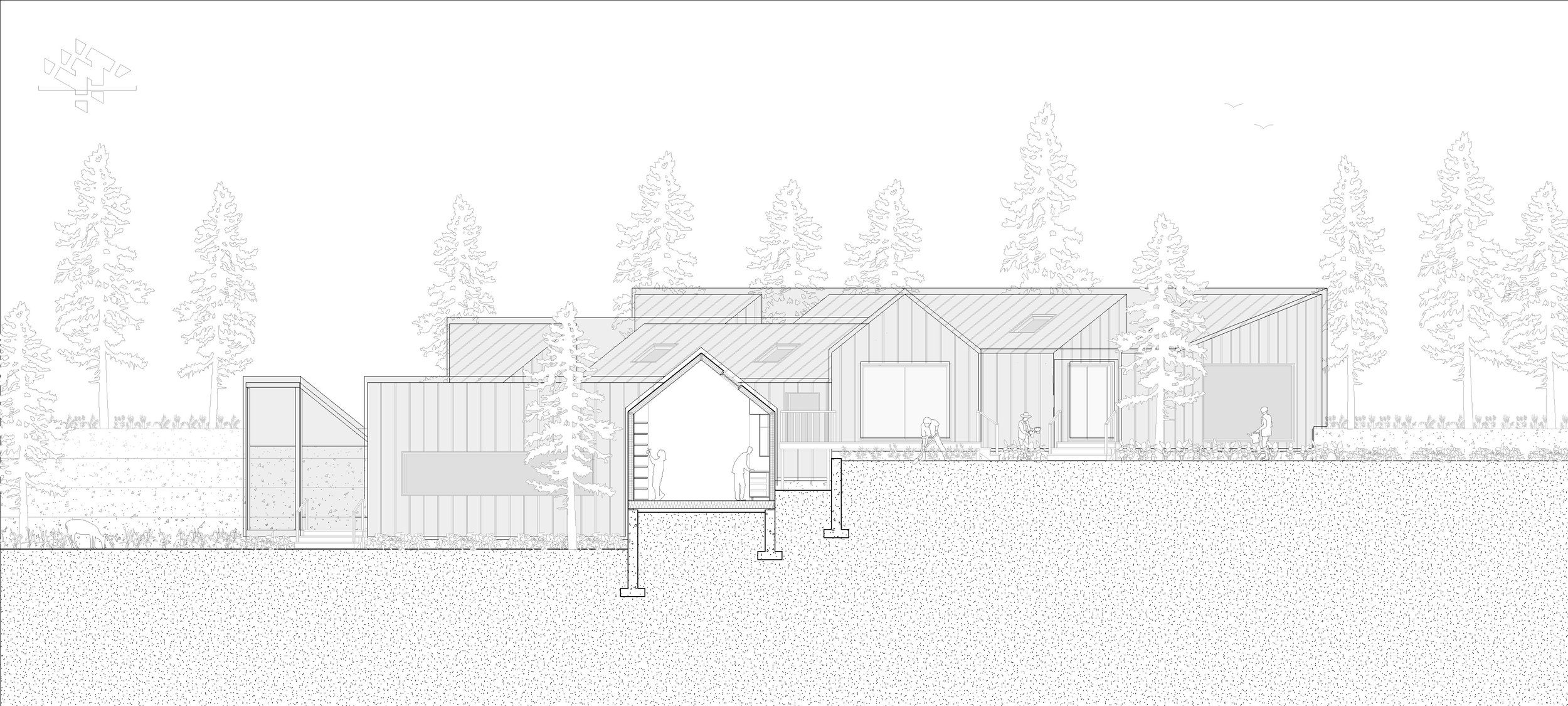
SECTION, MING-HUEI FISHER
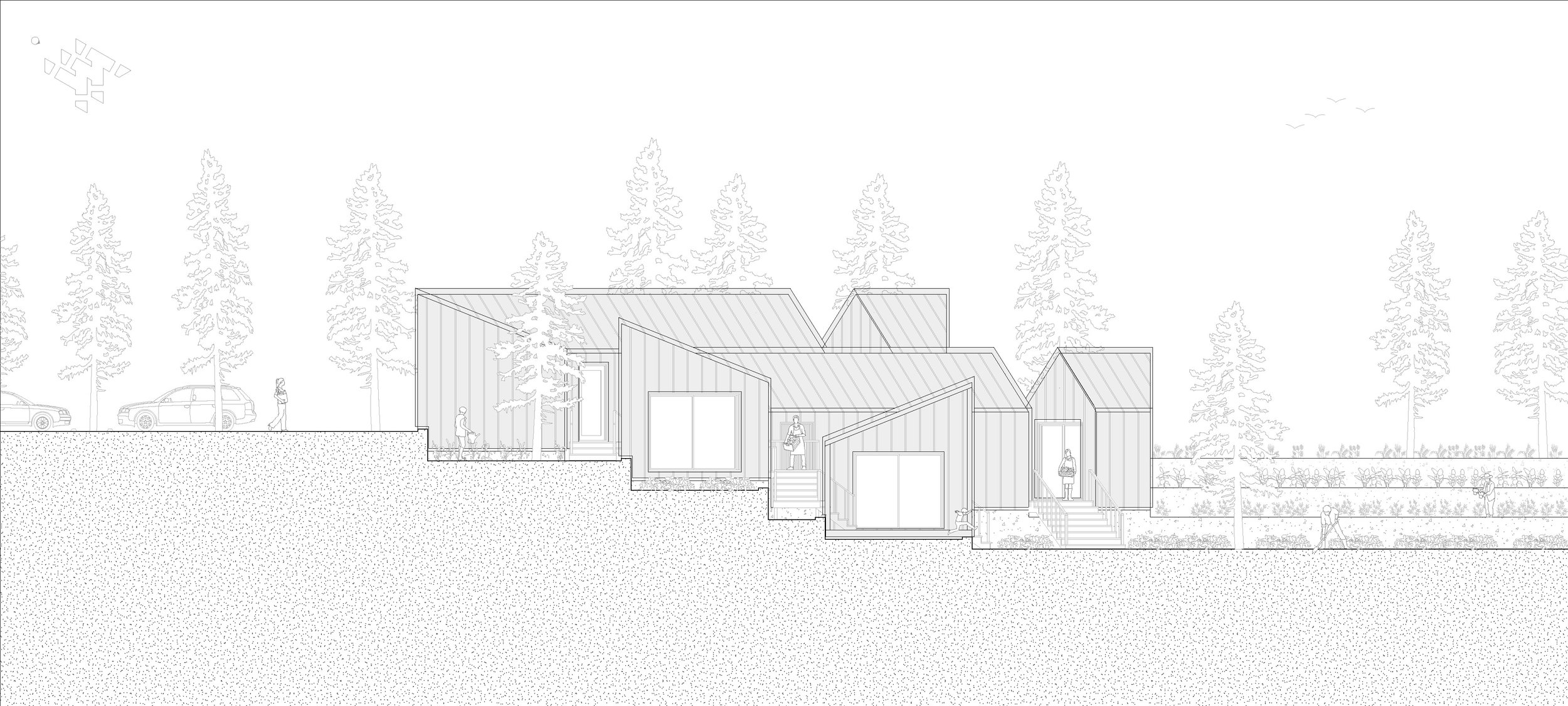
ELEVATION, MING-HUEI FISHER
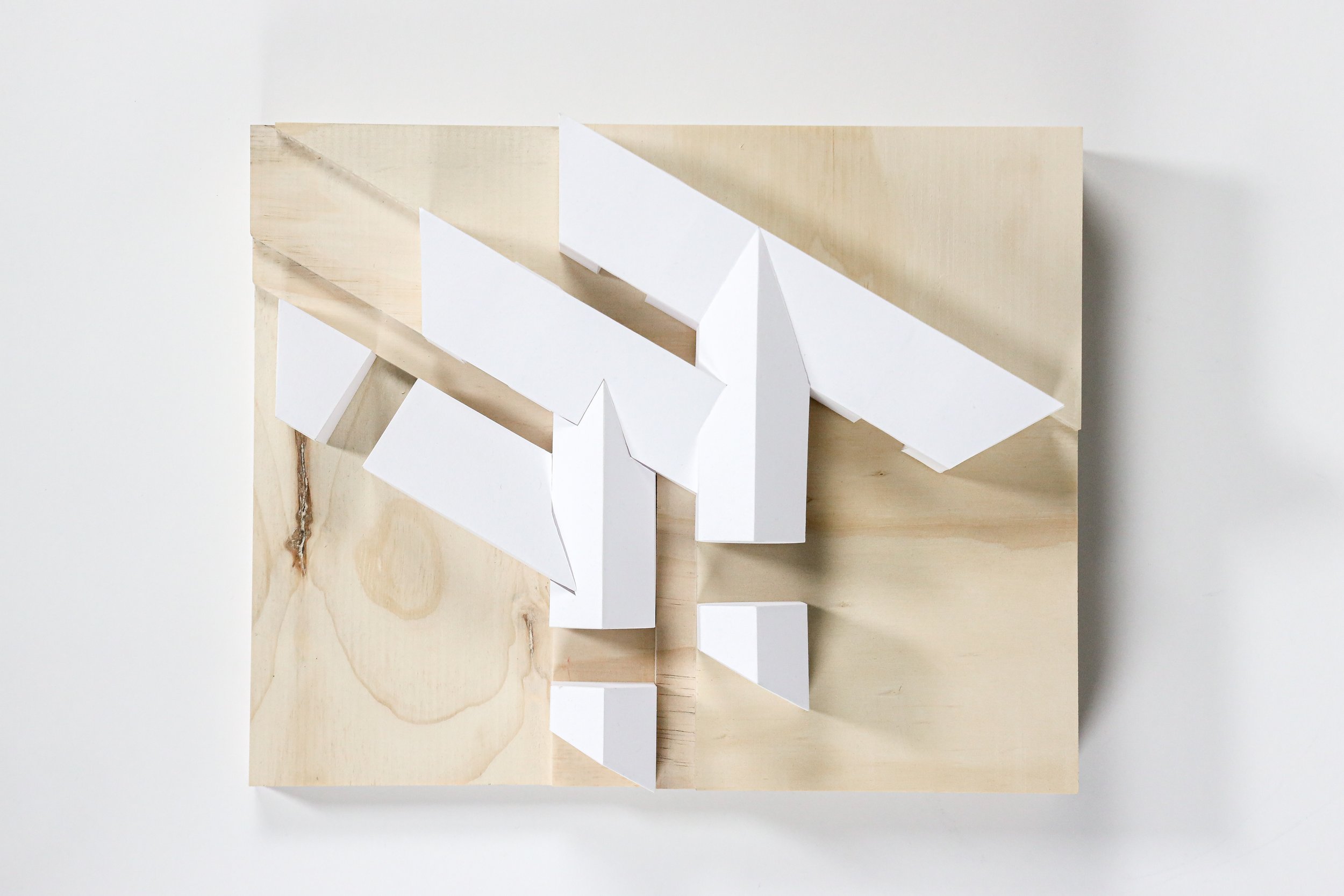
MASSING MODEL, MING-HUEI FISHER

MASSING MODEL, MING-HUEI FISHER
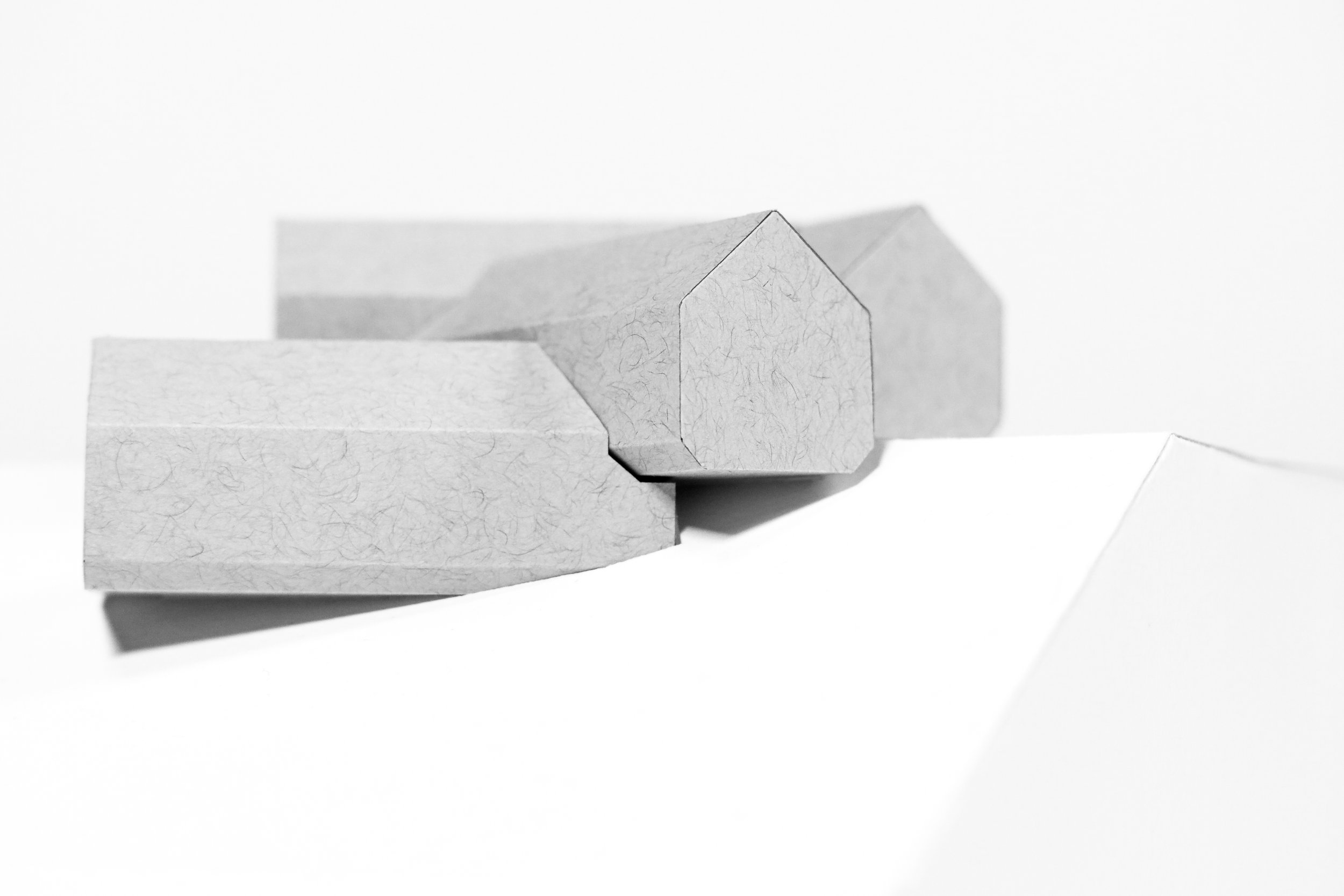
STUDY MODEL, MING-HUEI FISHER
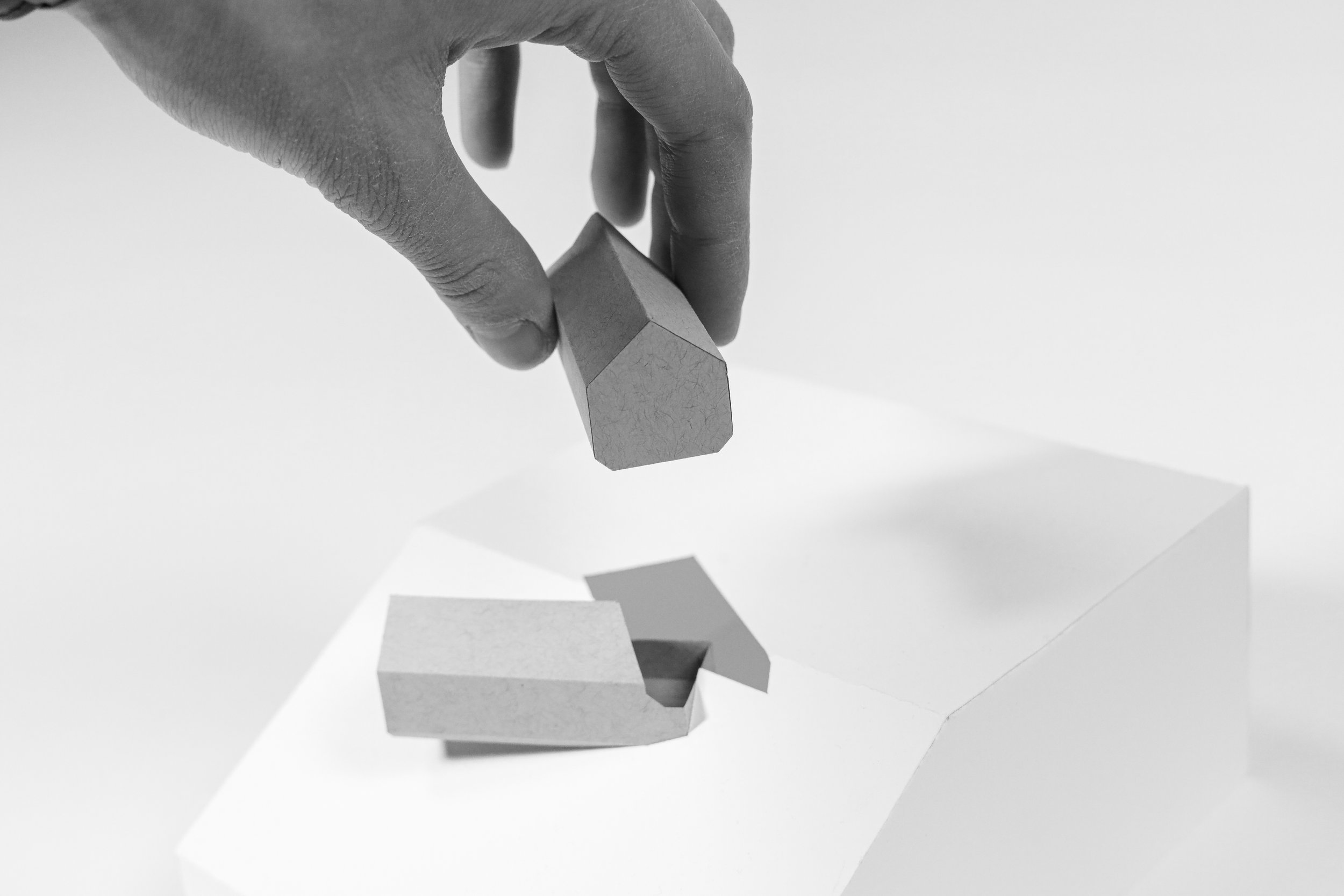
STUDY MODEL, MING-HUEI FISHER
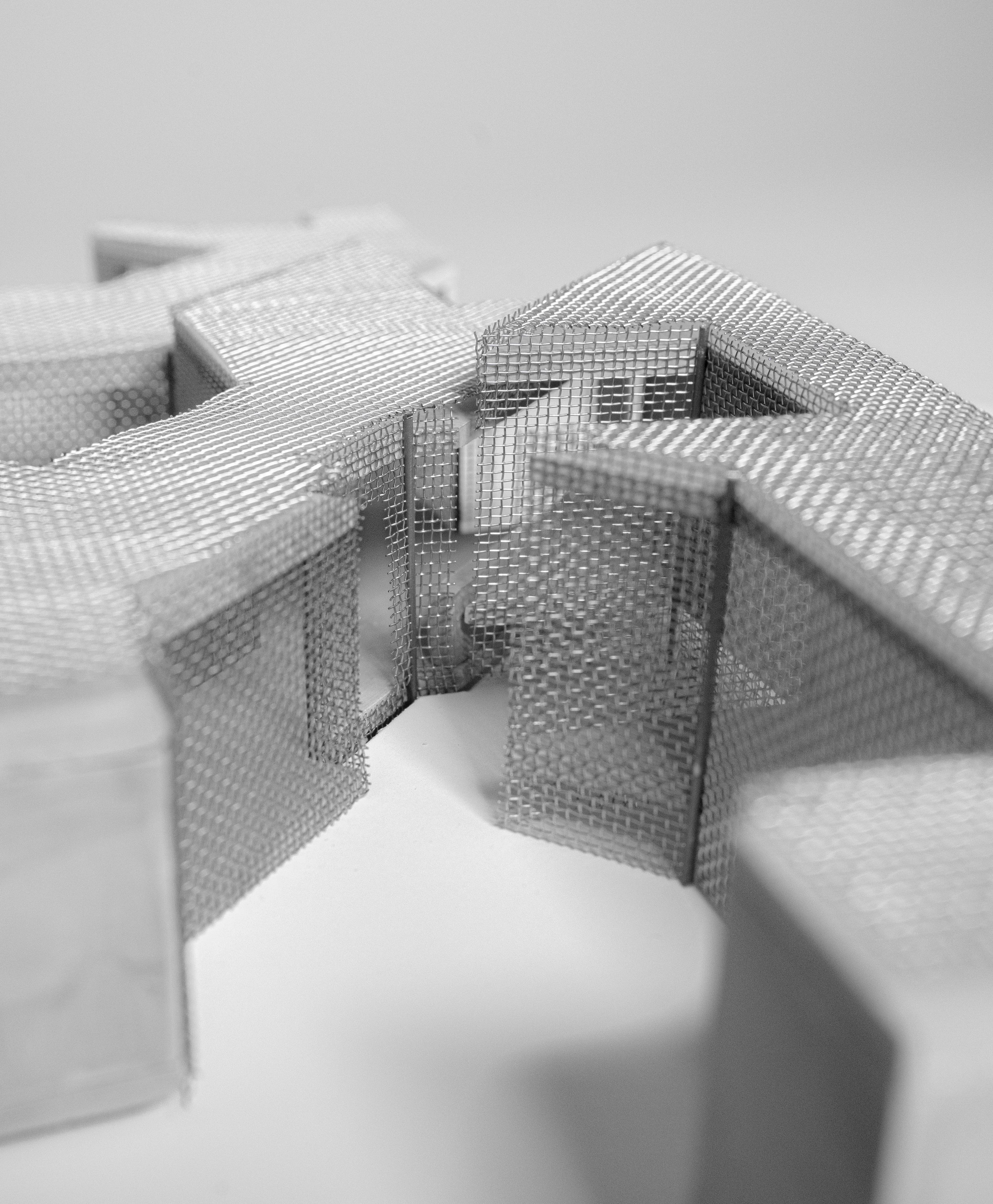
MASSING MODEL, SERIN MYUNG

MASSING MODEL, SERIN MYUNG
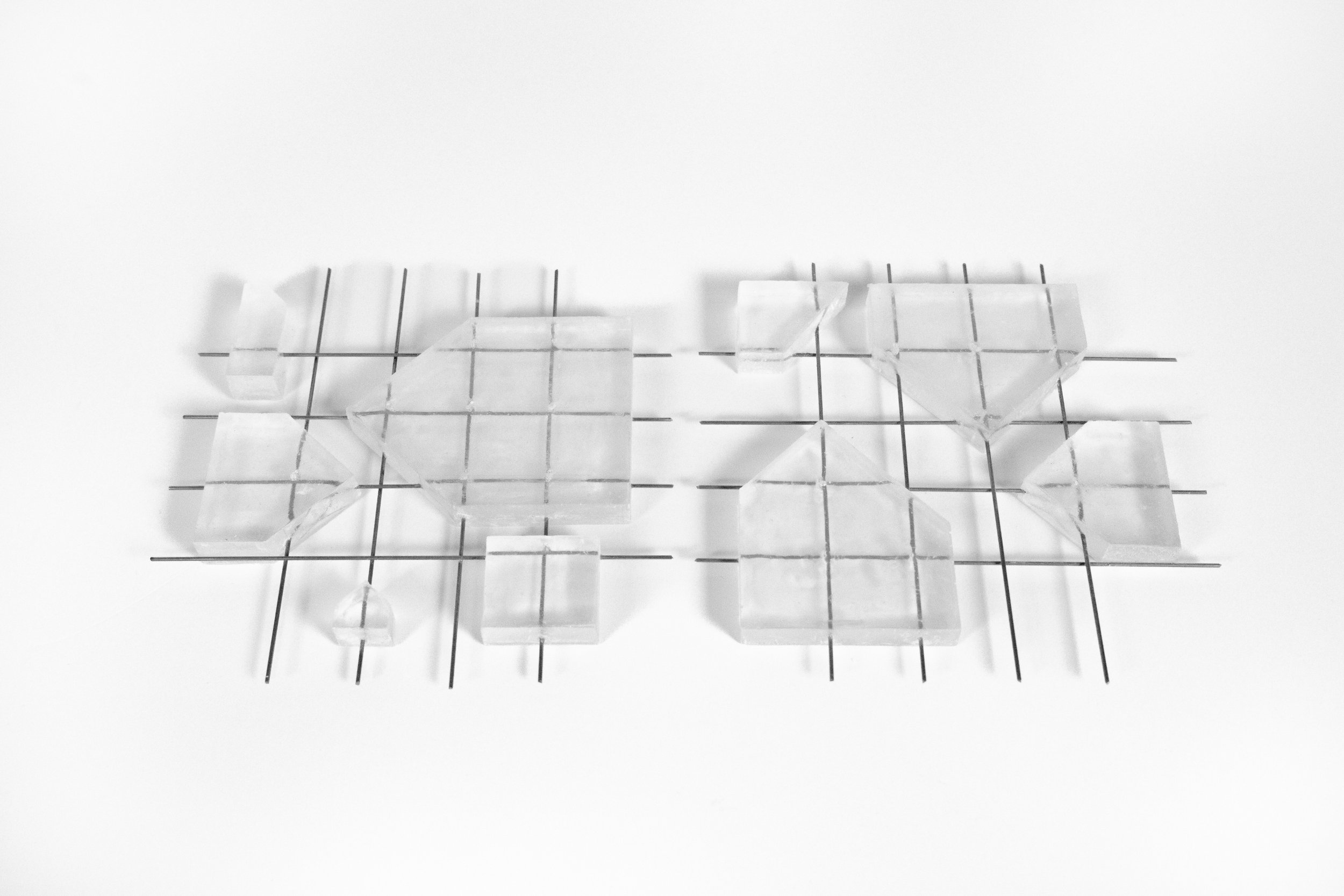
Study STUDY MODEL, SERIN MYUNGModel, Student Credit: Serin Myung
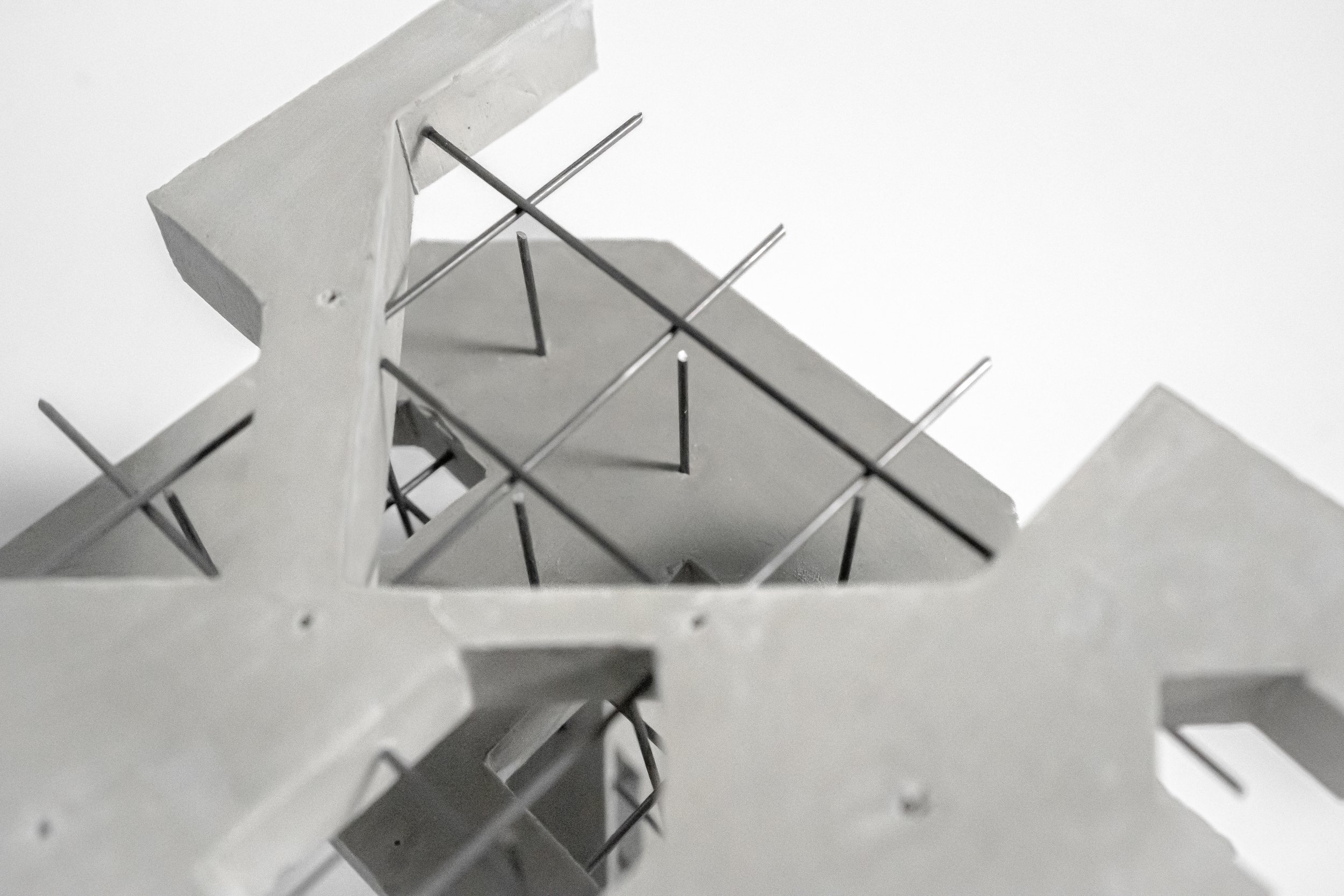
STUDY MODEL, SERIN MYUNG
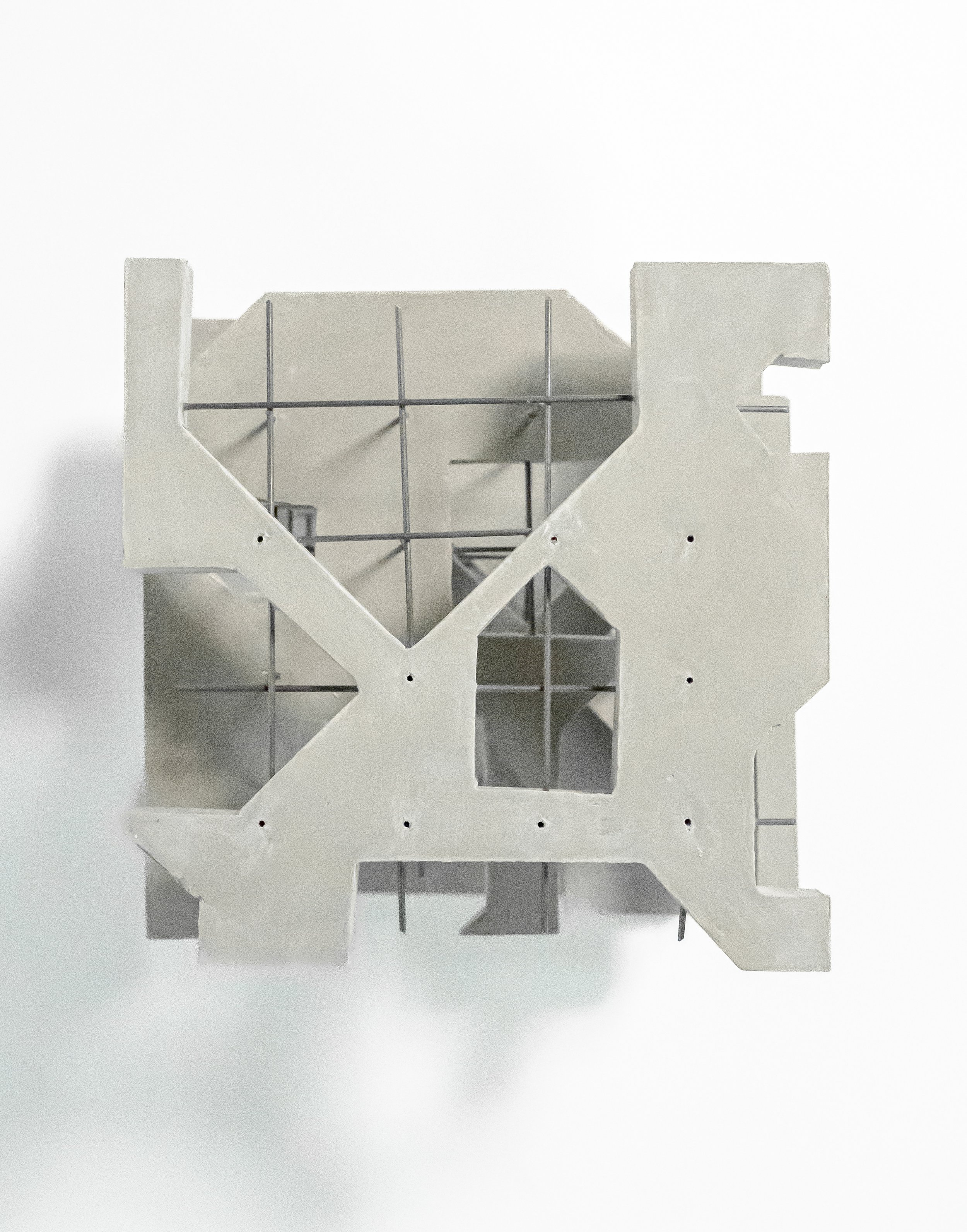
STUDY MODEL, SERIN MYUNG
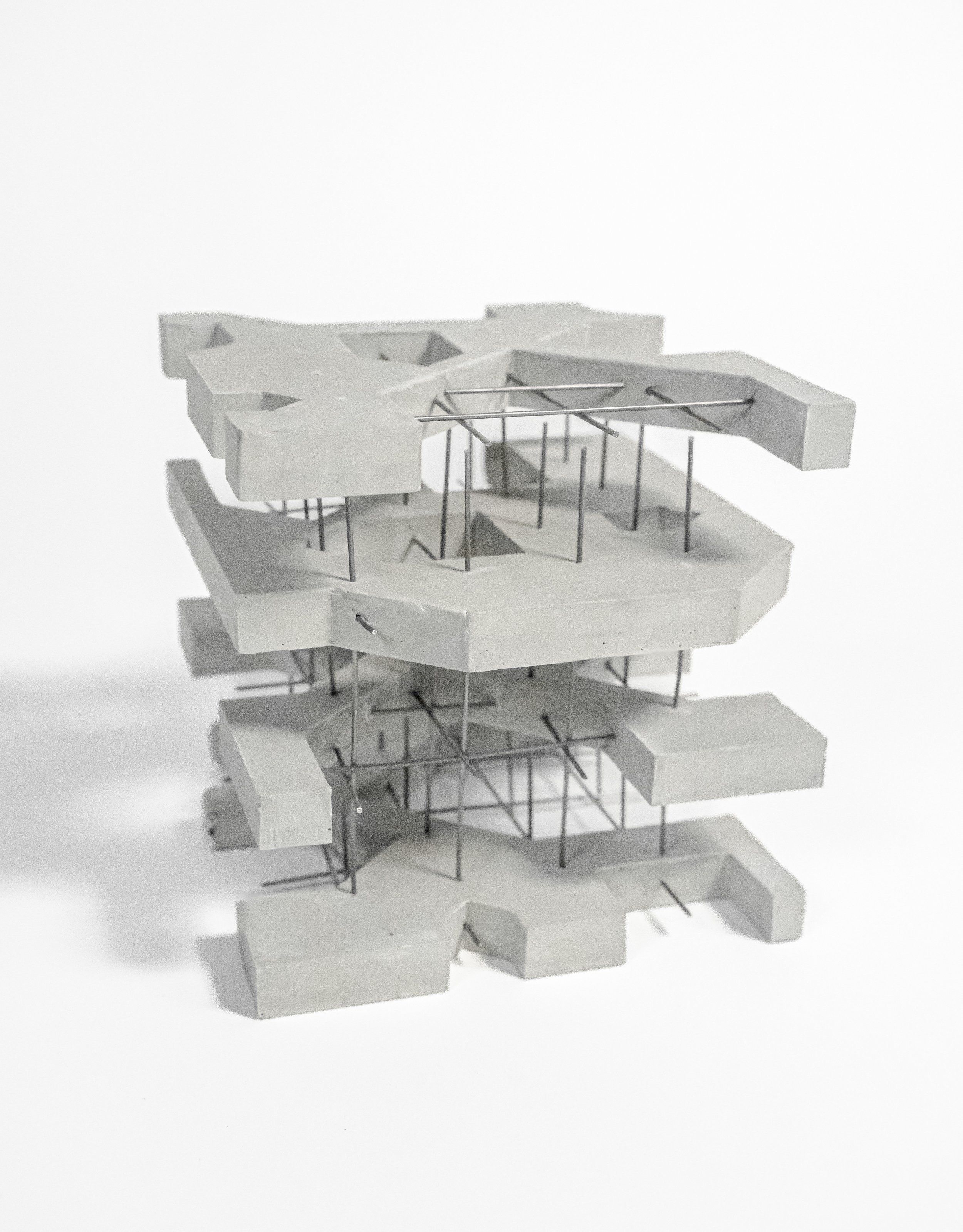
STUDY MODEL, SERIN MYUNG
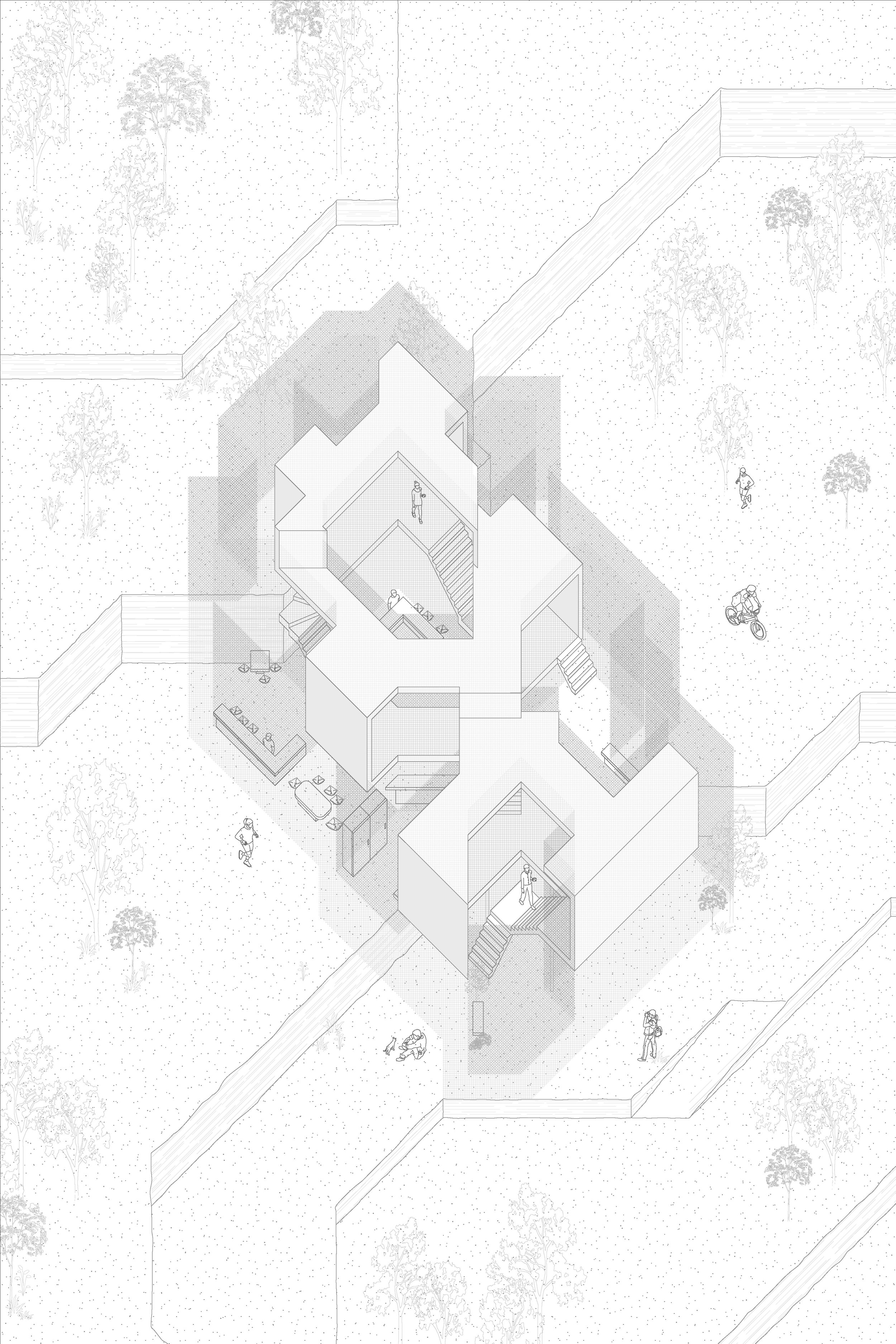
AXON, SERIN MYUNG
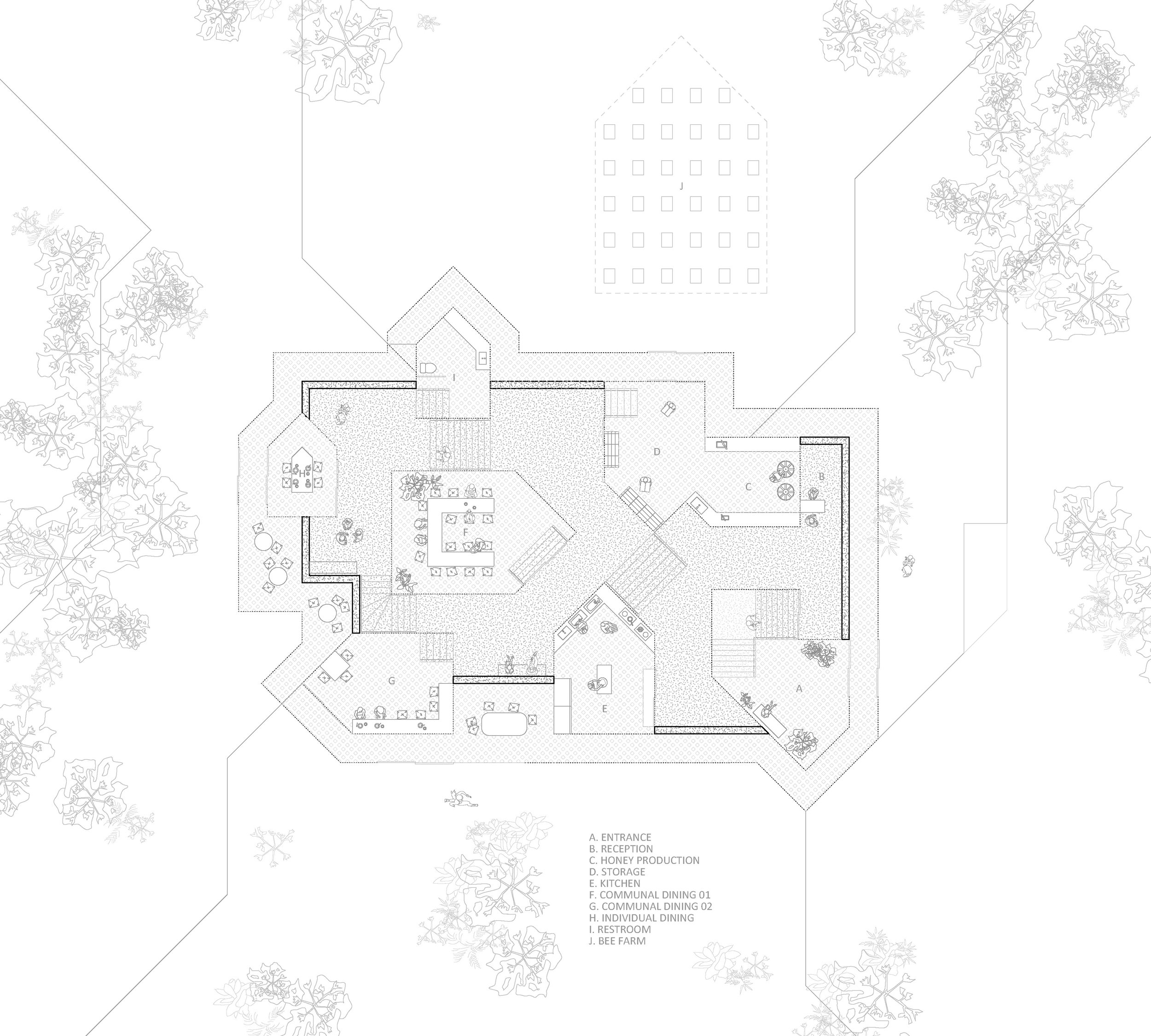
GROUND FLOOR PLAN, SERIN MYUNG
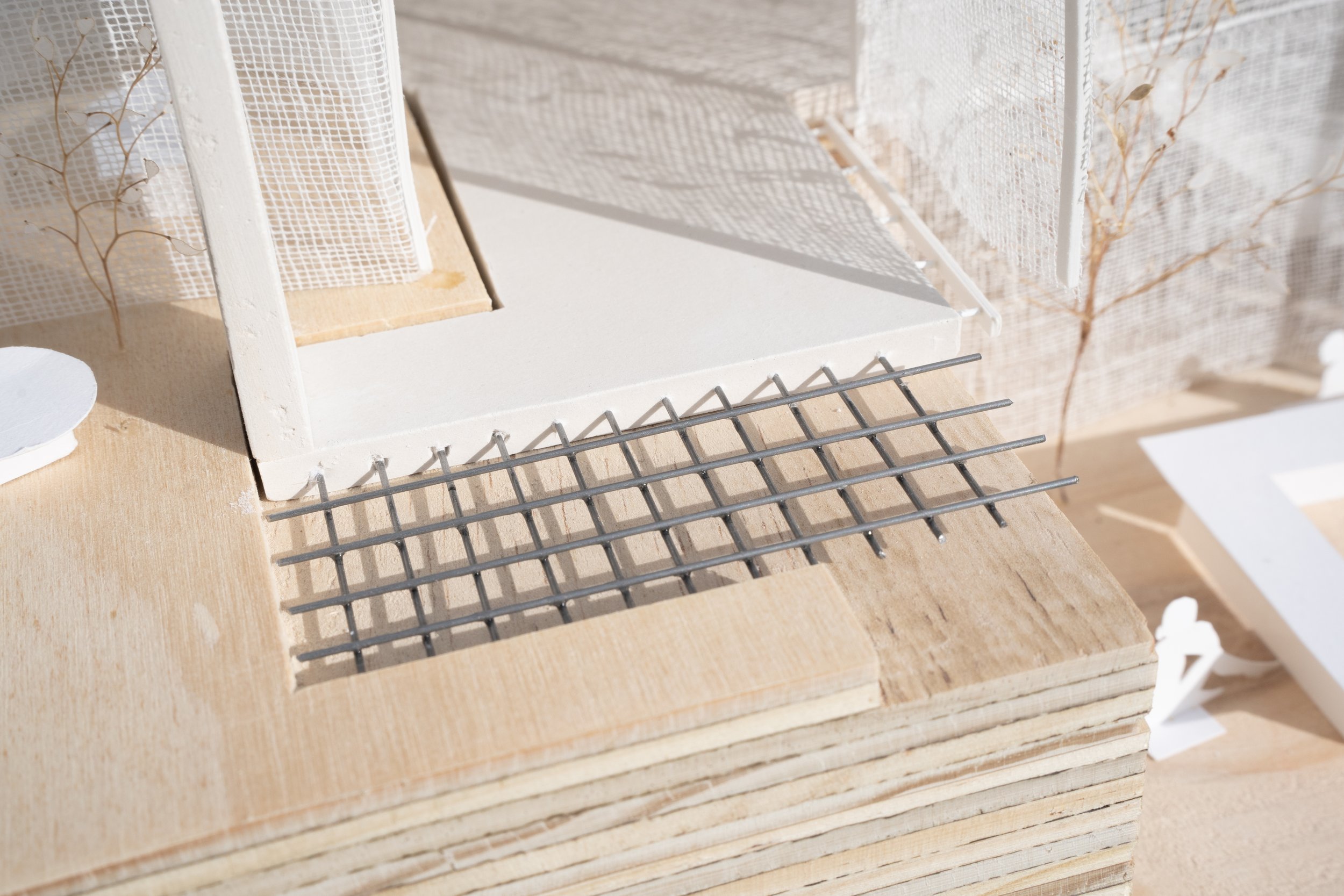
SECTIONAL MODEL, SERIN MYUNG
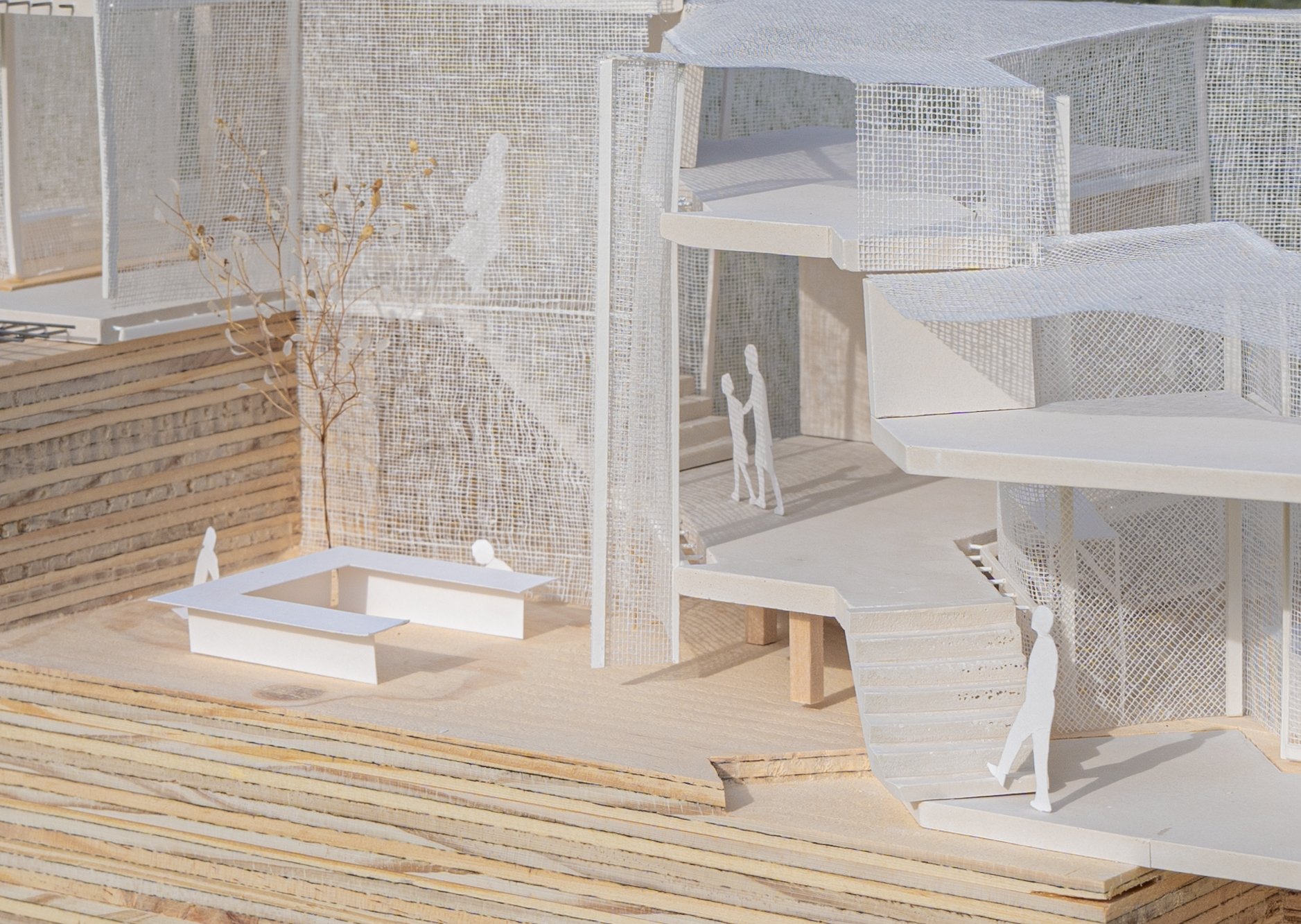
SECTIONAL MODEL, SERIN MYUNG
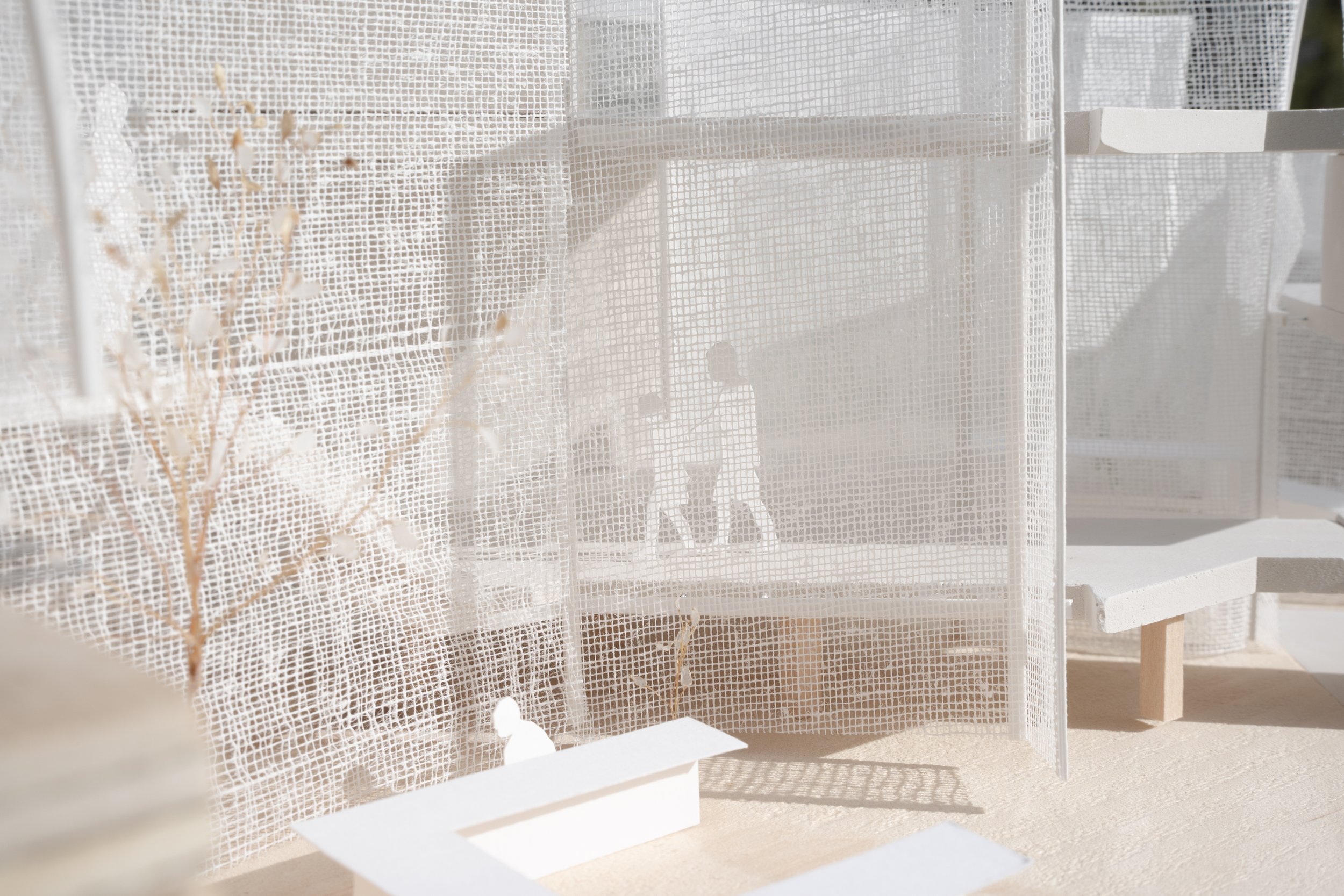
SECTIONAL MODEL, SERIN MYUNG
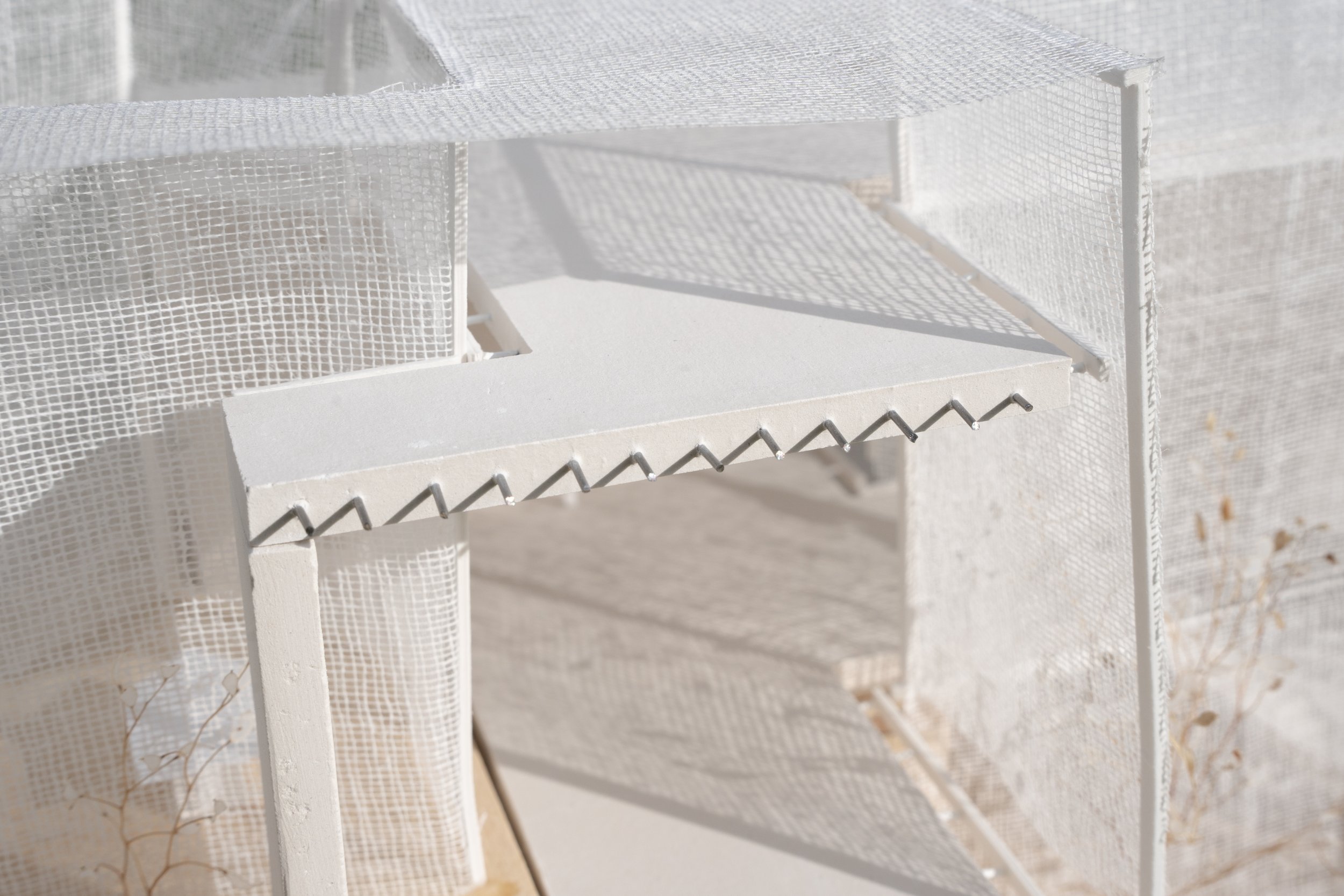
SECTIONAL MODEL, SERIN MYUNG
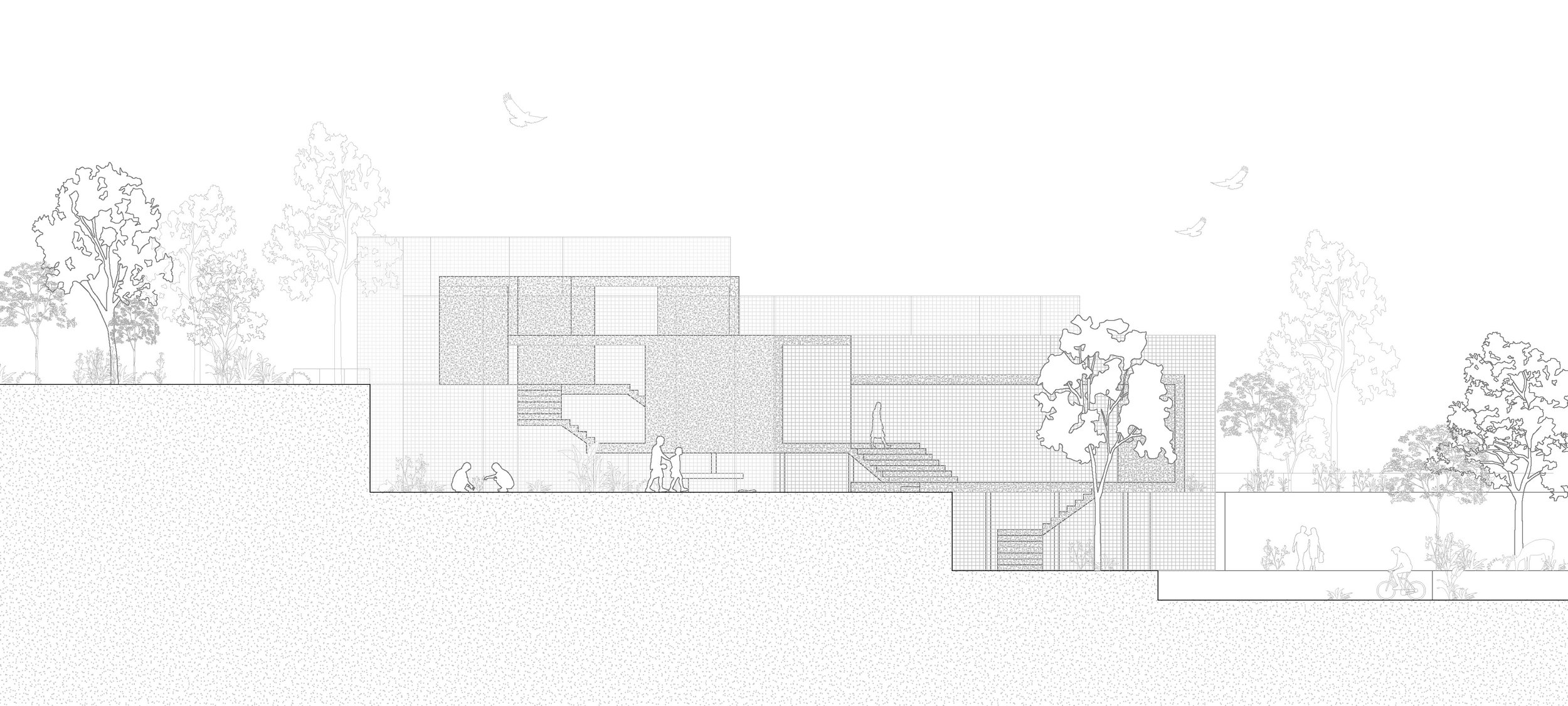
ELEVATION, SERIN MYUNG
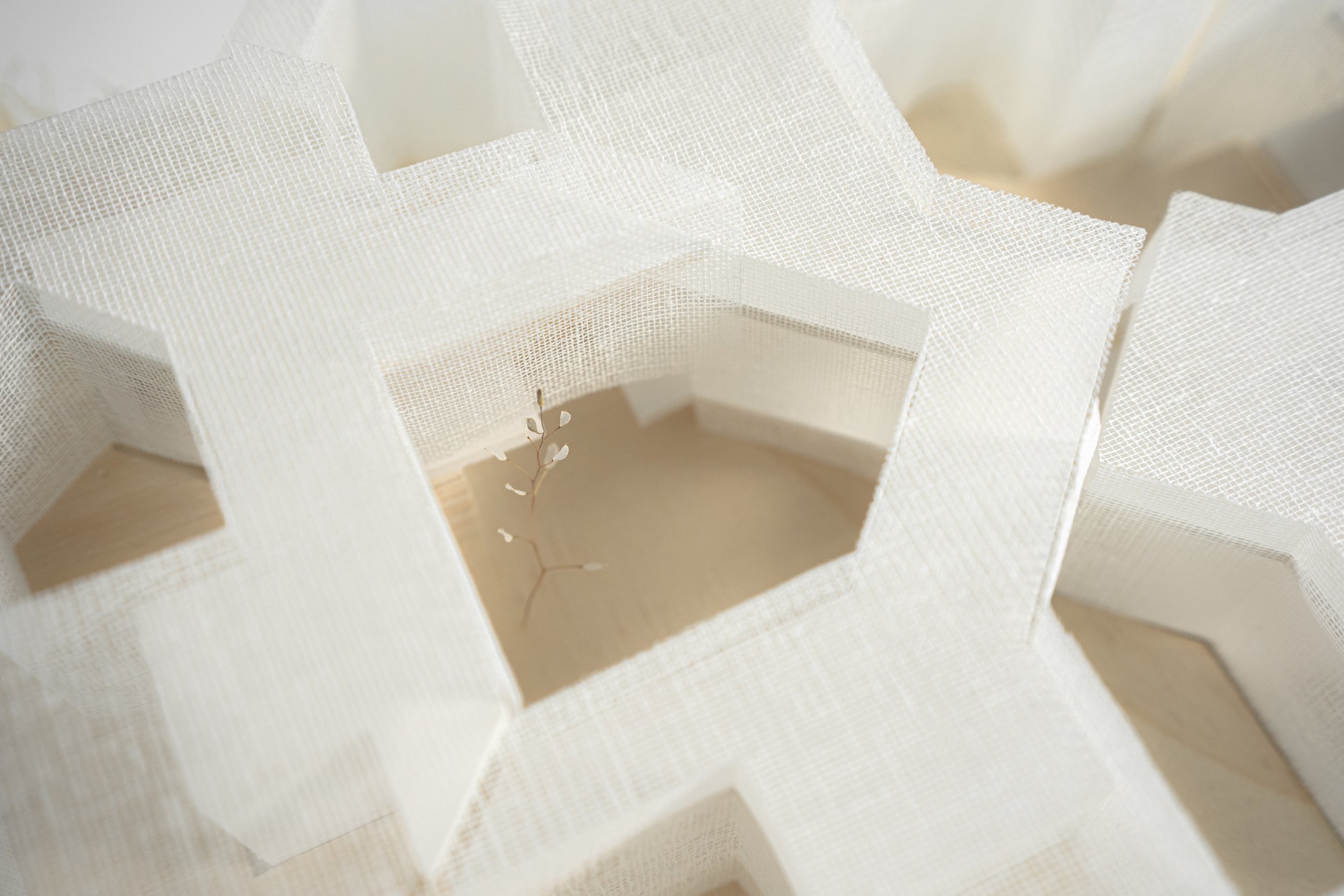
MASSING MODEL, SERIN MYUNG
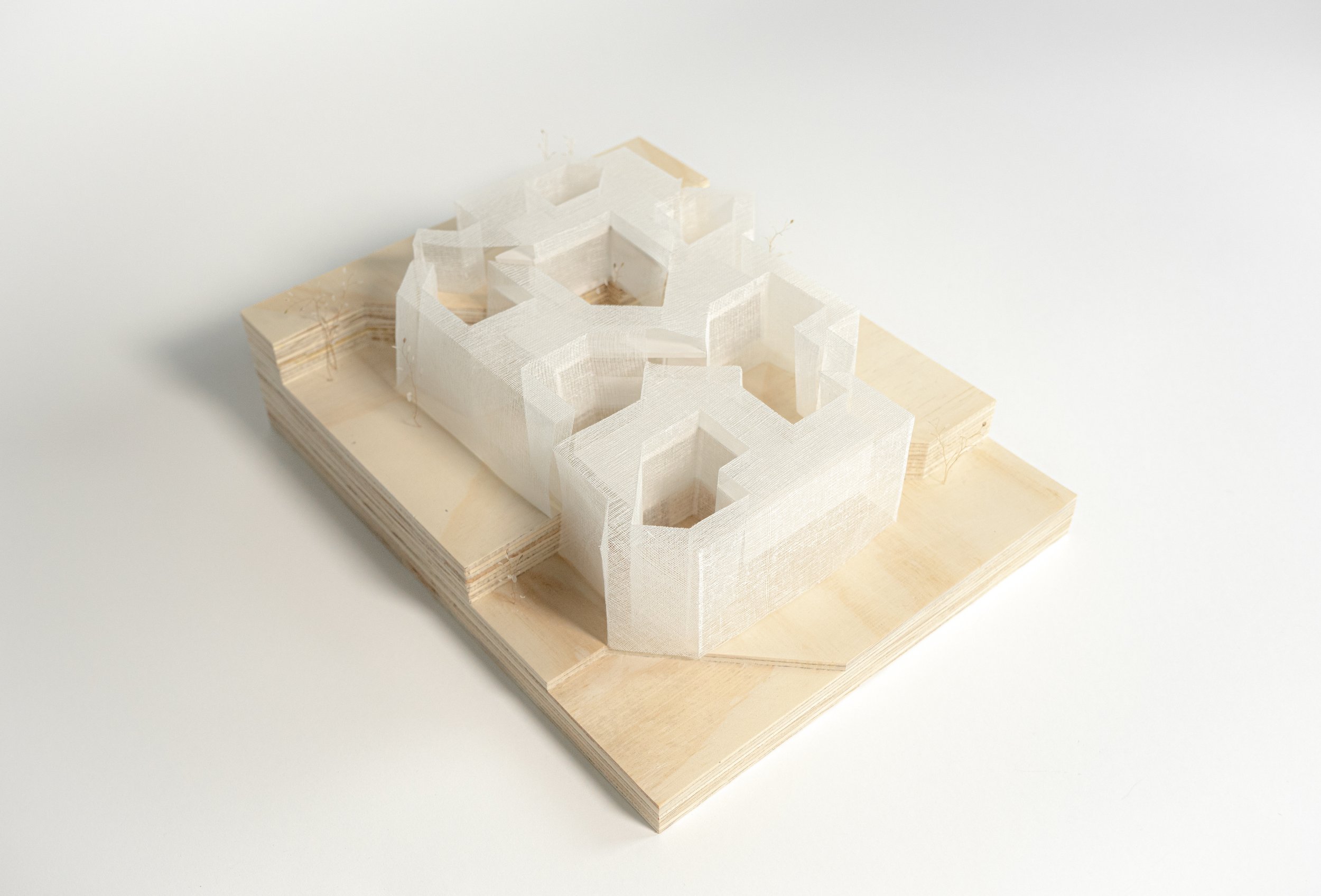
MASSING MODEL, SERIN MYUNG
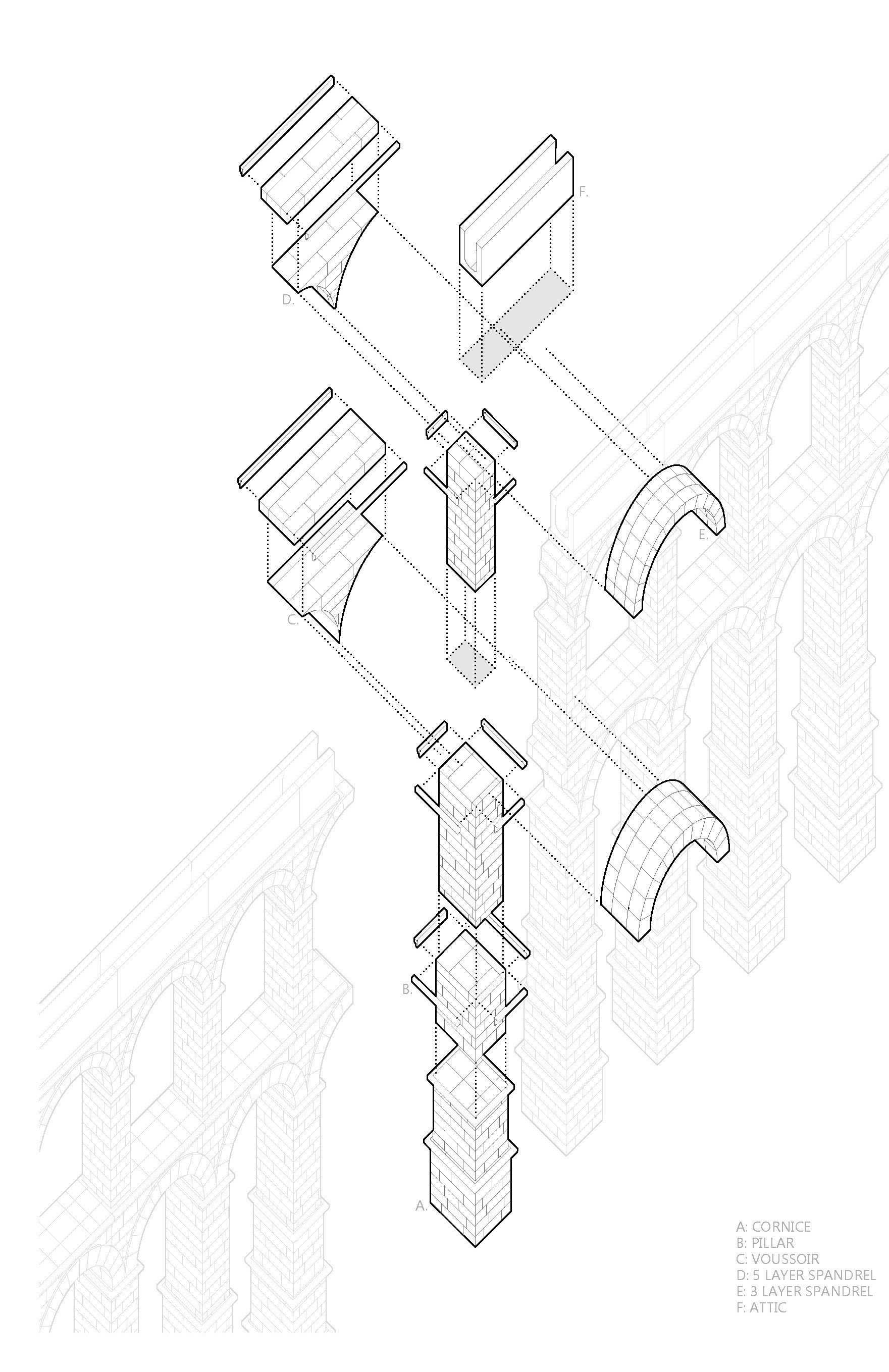
PRECEDENT DRAWING, SERIN MYUNG
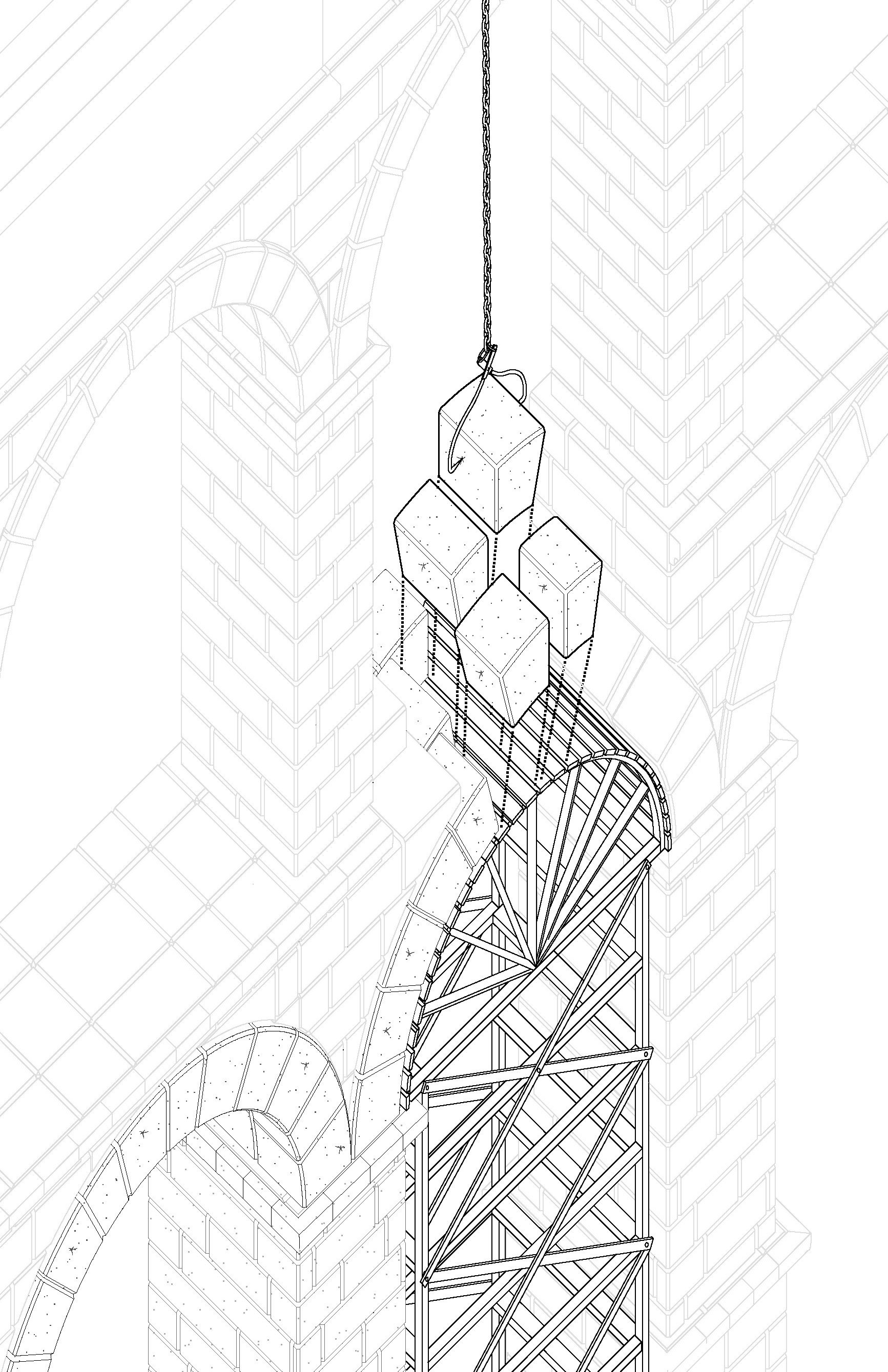
PRECEDENT DRAWING, SERIN MYUNG

MASSING MODEL, KRYSTAL VERNON

MASSING MODEL, KRYSTAL VERNON

MASSING MODEL, KRYSTAL VERNON
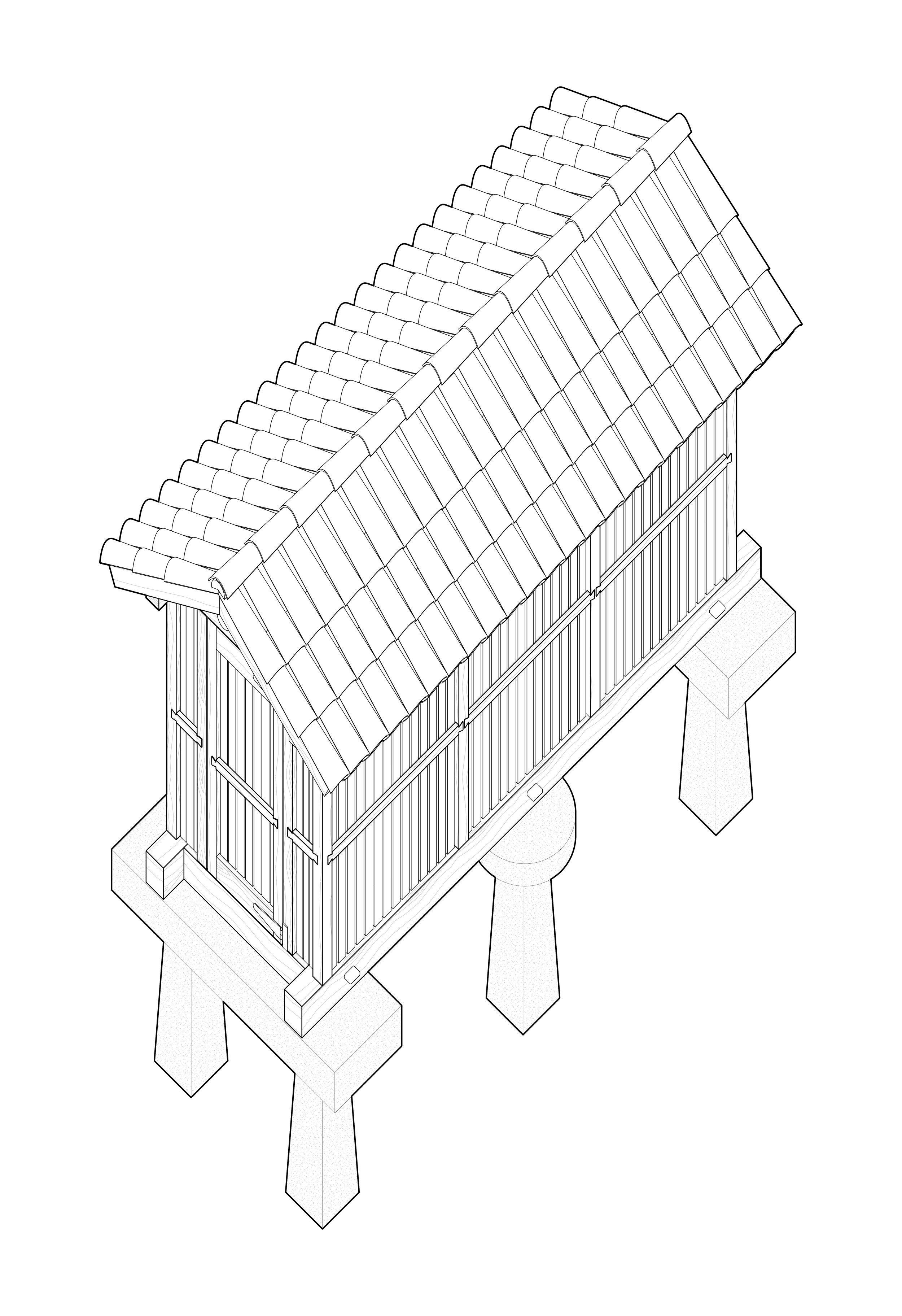
PRECEDENT DRAWING, JASON HWANG
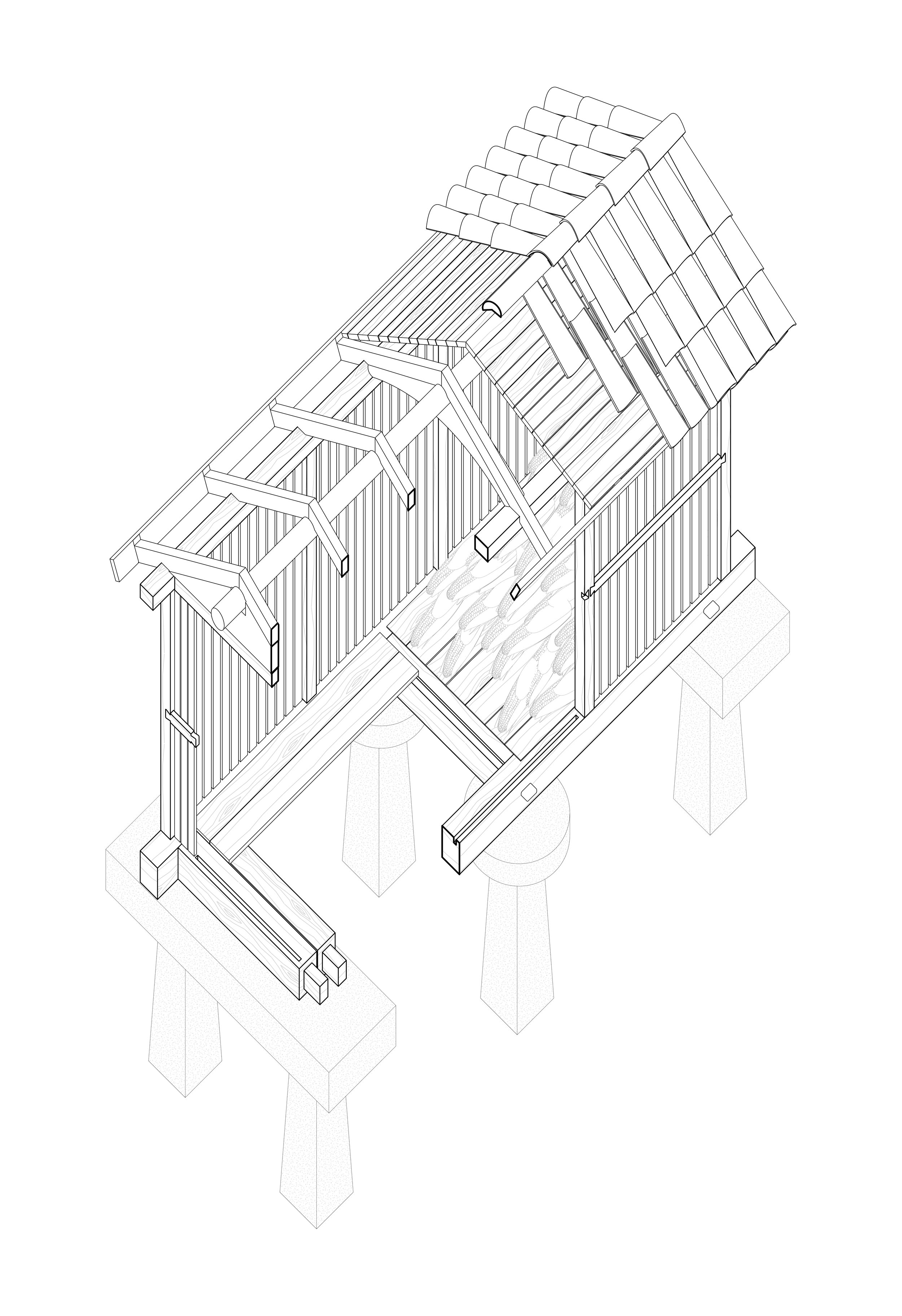
PRECEDENT DRAWING, JASON HWANG
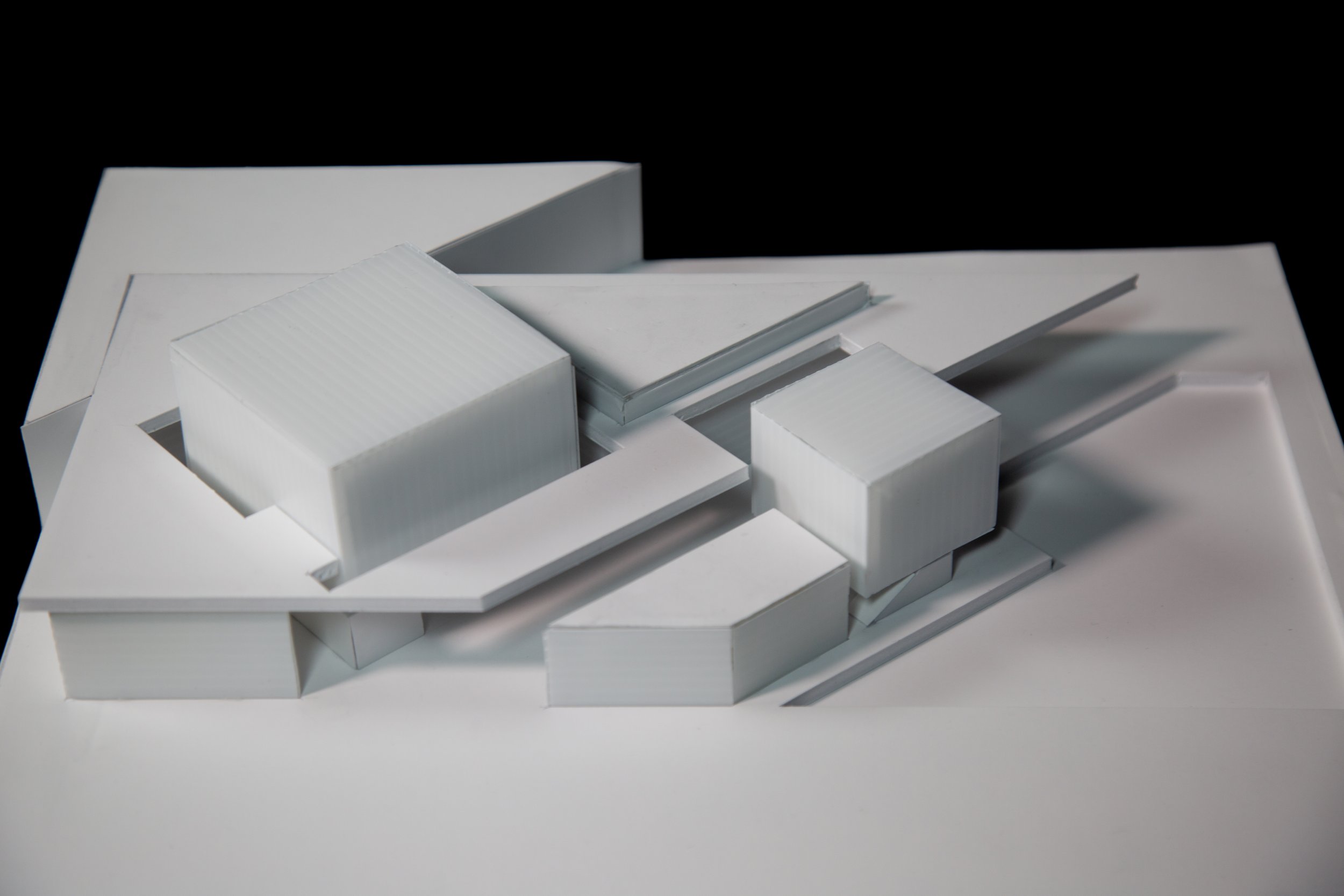
MASSING MODEL, JASON HWANG
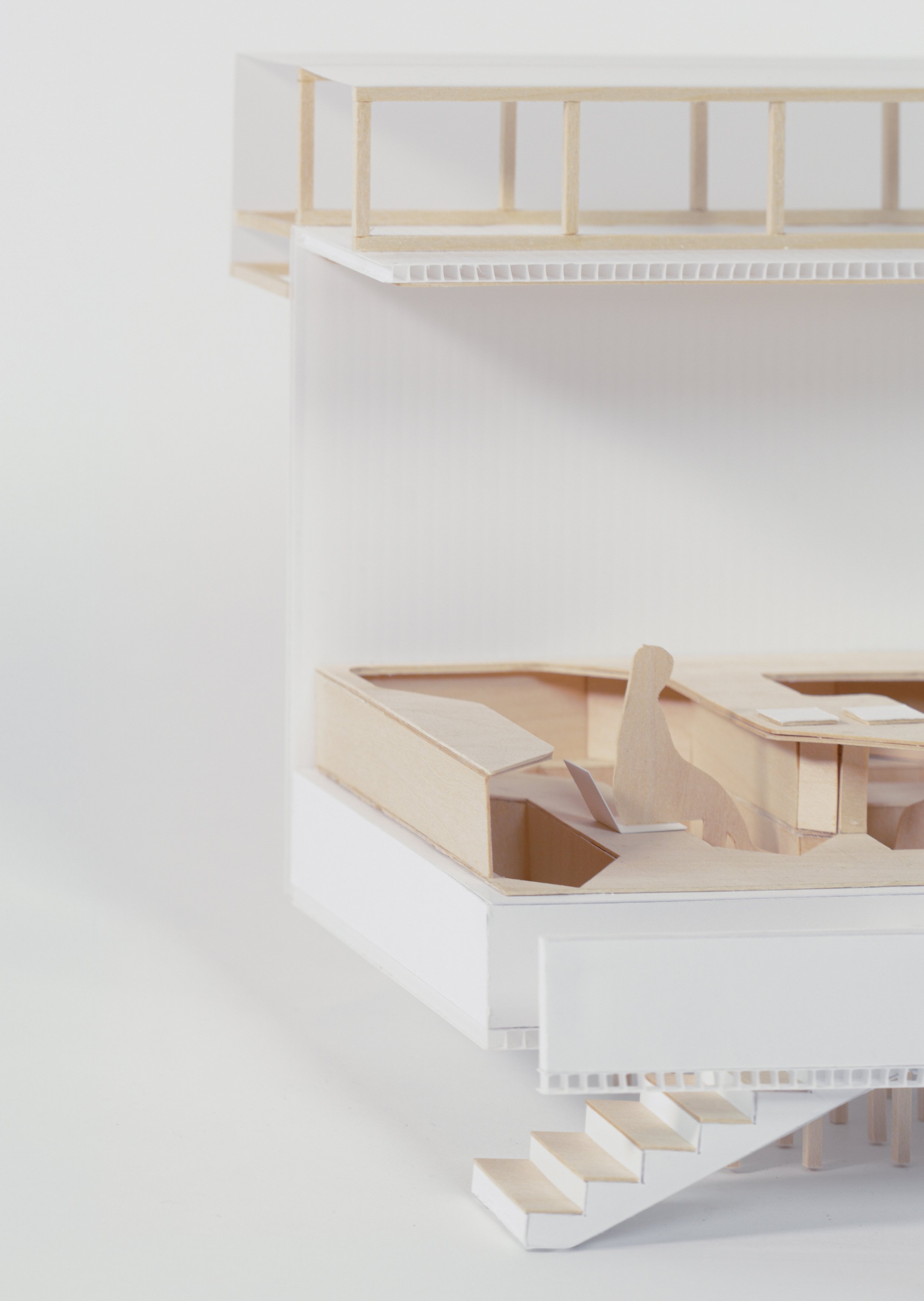
SECTIONAL MODEL, JASON HWANG